Technique
Learn biochromatography techniques with training focused on biomolecule separation and analysis. Explore key methods, including reversed phase chromatography (RPC), peptide mapping, hydrophilic interaction chromatography (HILIC), size exclusion chromatography (SEC), ion exchange chromatography (IEX), and affinity chromatography, for precise protein, peptide, and glycan characterization. Understand how these techniques optimize purification, structural analysis, and biomolecule quantification in biopharmaceutical research. Gain insights into mass spectrometry (MS) at the protein, peptide, and glycan level for advanced characterization. Ideal for professionals in biotech, pharmaceuticals, and biomedical research. Start learning today to refine your biochromatography skills and enhance analytical accuracy!
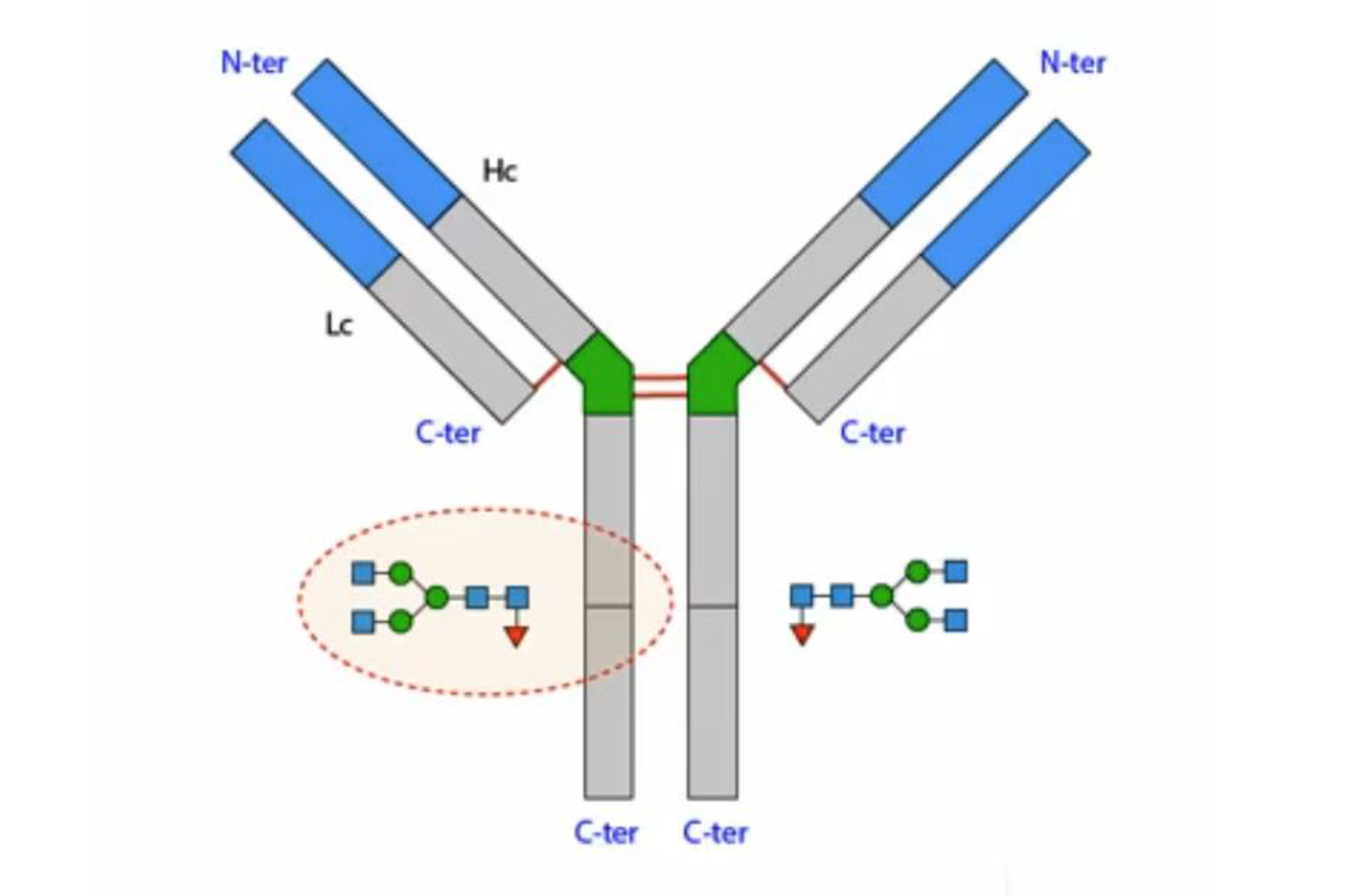
Reversed Phase - Introduction and Peptide Level Analysis
This modules introduces the use of reversed phase HPLC for the characterization of biopharmaceuticals at the peptide level.
Accredited by 
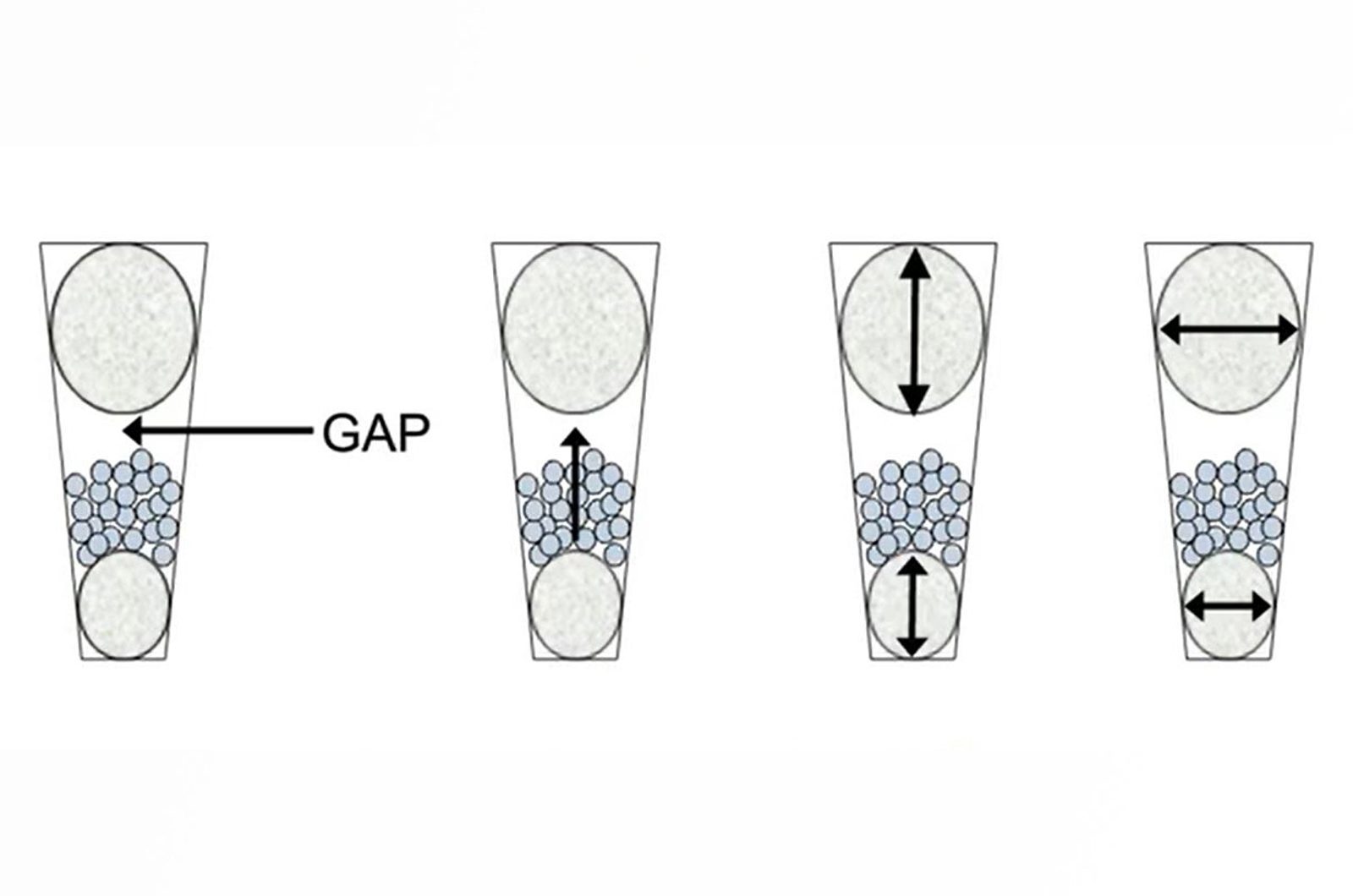
Micro Elution Solid Phase Extraction in BioAnalysis – Improving Bioanalytical Performance
This webcast presents the features and benefits of using micro elution SPE formats in order to improve the sample preparation process and drive down sample volumes.
Sponsored by 
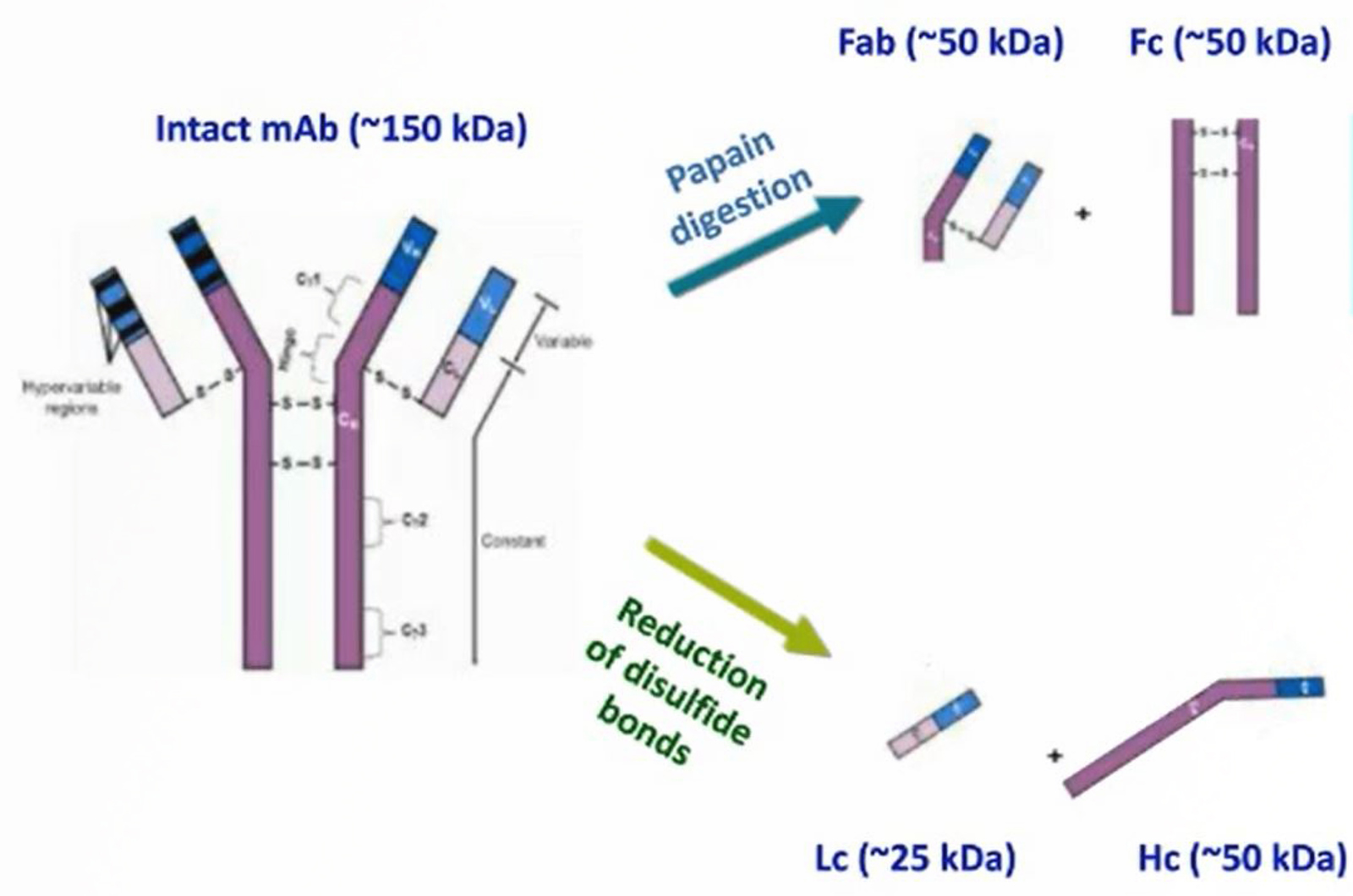
Techniques Employed in Biopharmaceutical Analysis – Part I Reversed Phase and HILIC
This webcast explores the use of reversed phase and HILIC chromatographic techniques in the analysis of biopharmaceuticals.
Sponsored by 
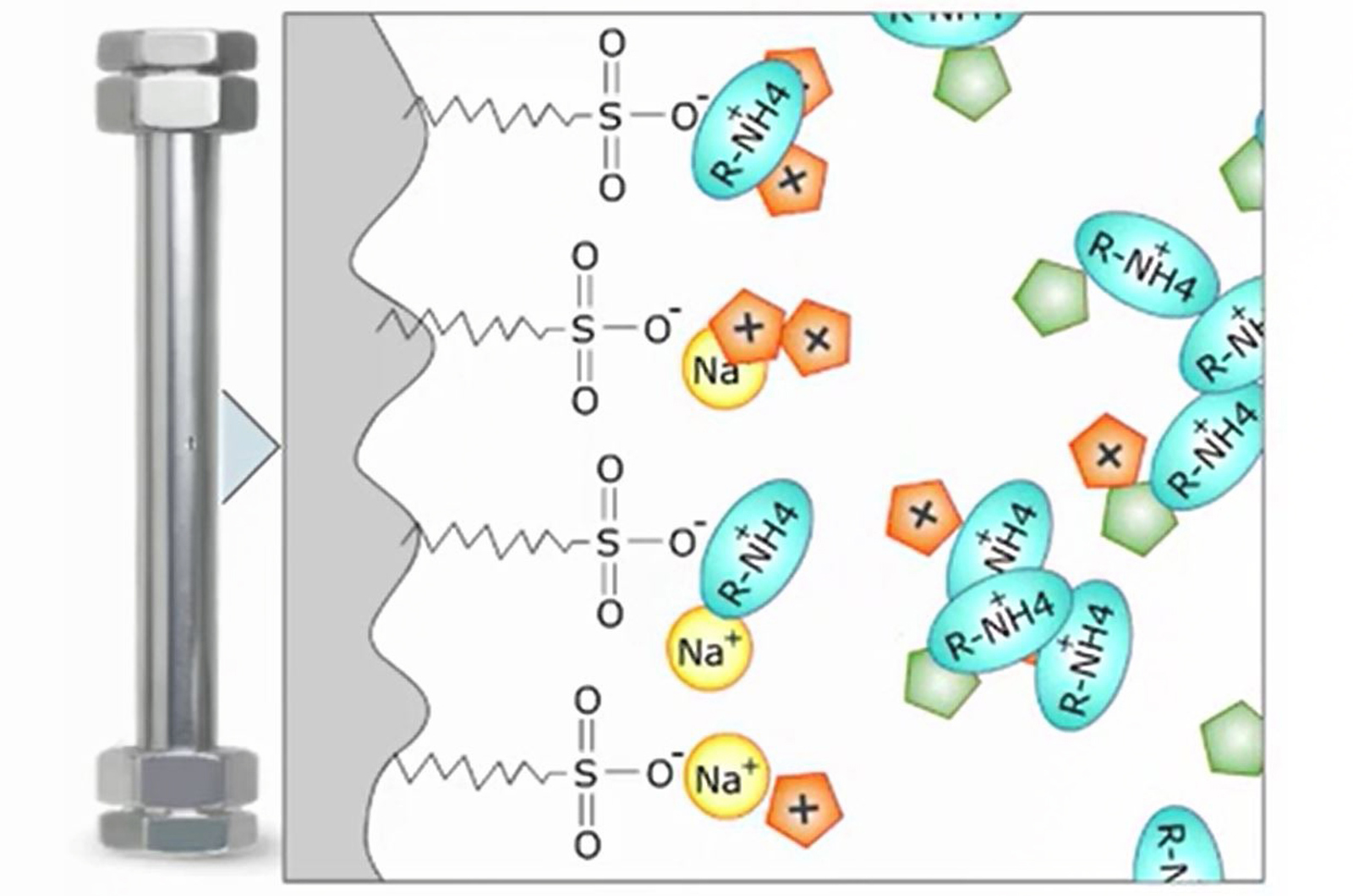
Techniques Employed in Biopharmaceutical Analysis – Part II Ion Exchange and SEC
This webcast explores the use of ion exchange, size exclusion, and hydrophobic interaction chromatography for the analysis of biopharmaceuticals.
Sponsored by 
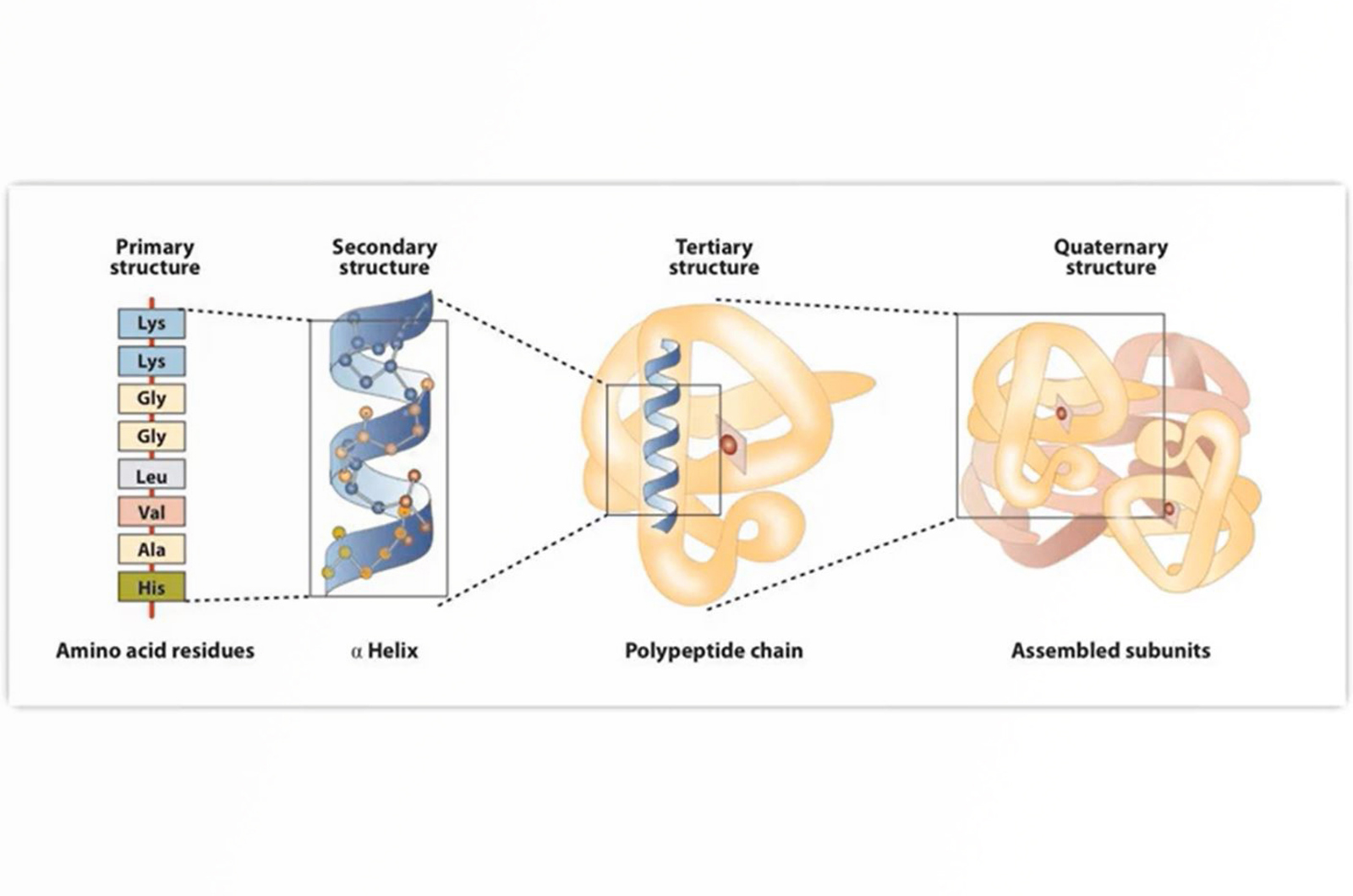
HPLC Techniques in Biopharmaceutical Analysis
This webcast introduces the wide array of analytical techniques that are required to fully characterize biopharmaceuticals.
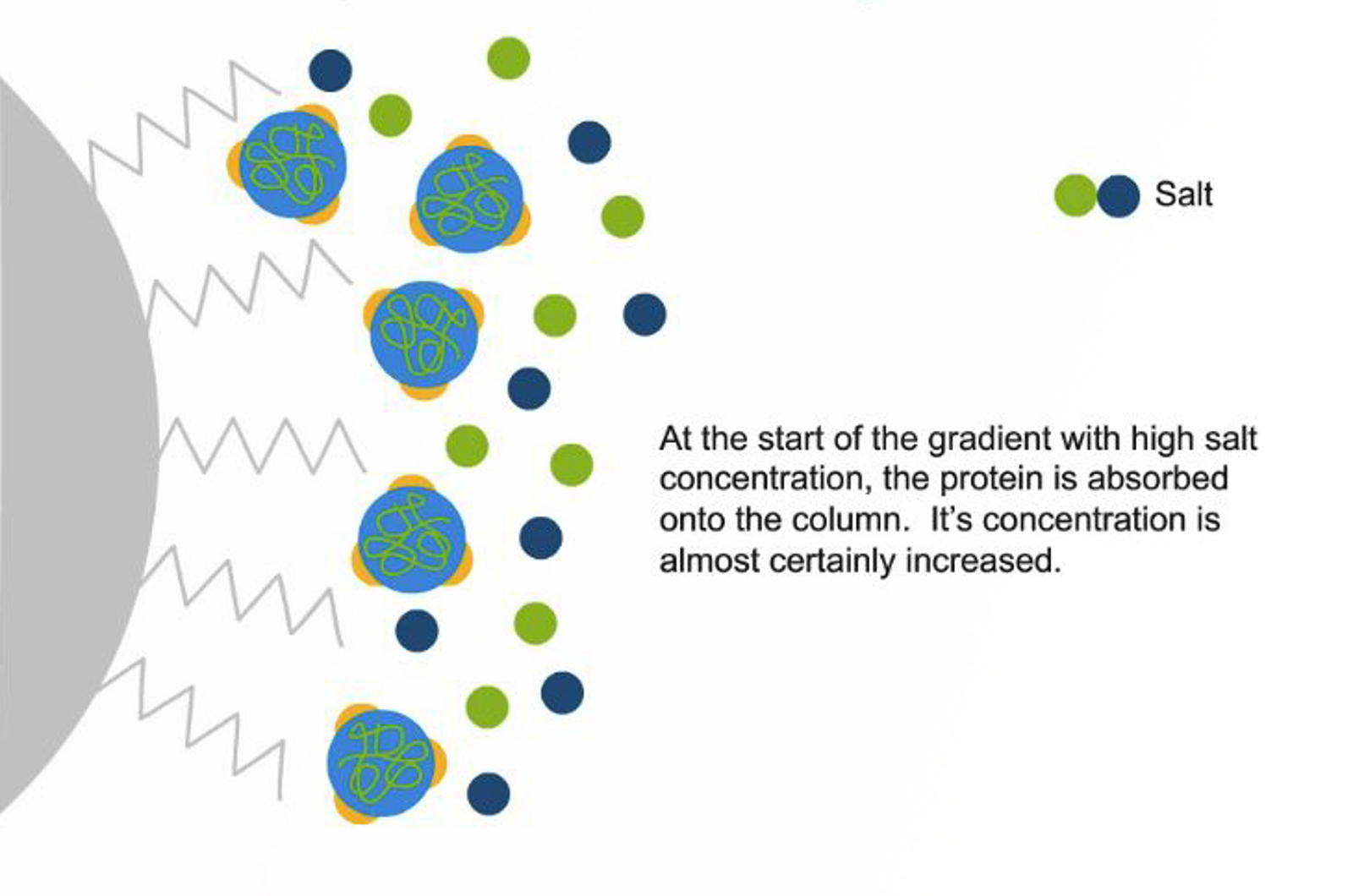
Hydrophobic Interaction Chromatography of mAbs and ADCs
This webcast details the important factors that need to be considered to develop robust and reliable UHPLC-based HIC separations and how novel HIC stationary phases can solve current industry challenges in determining critical quality attributes of mAbs and ADCs.
Sponsored by 
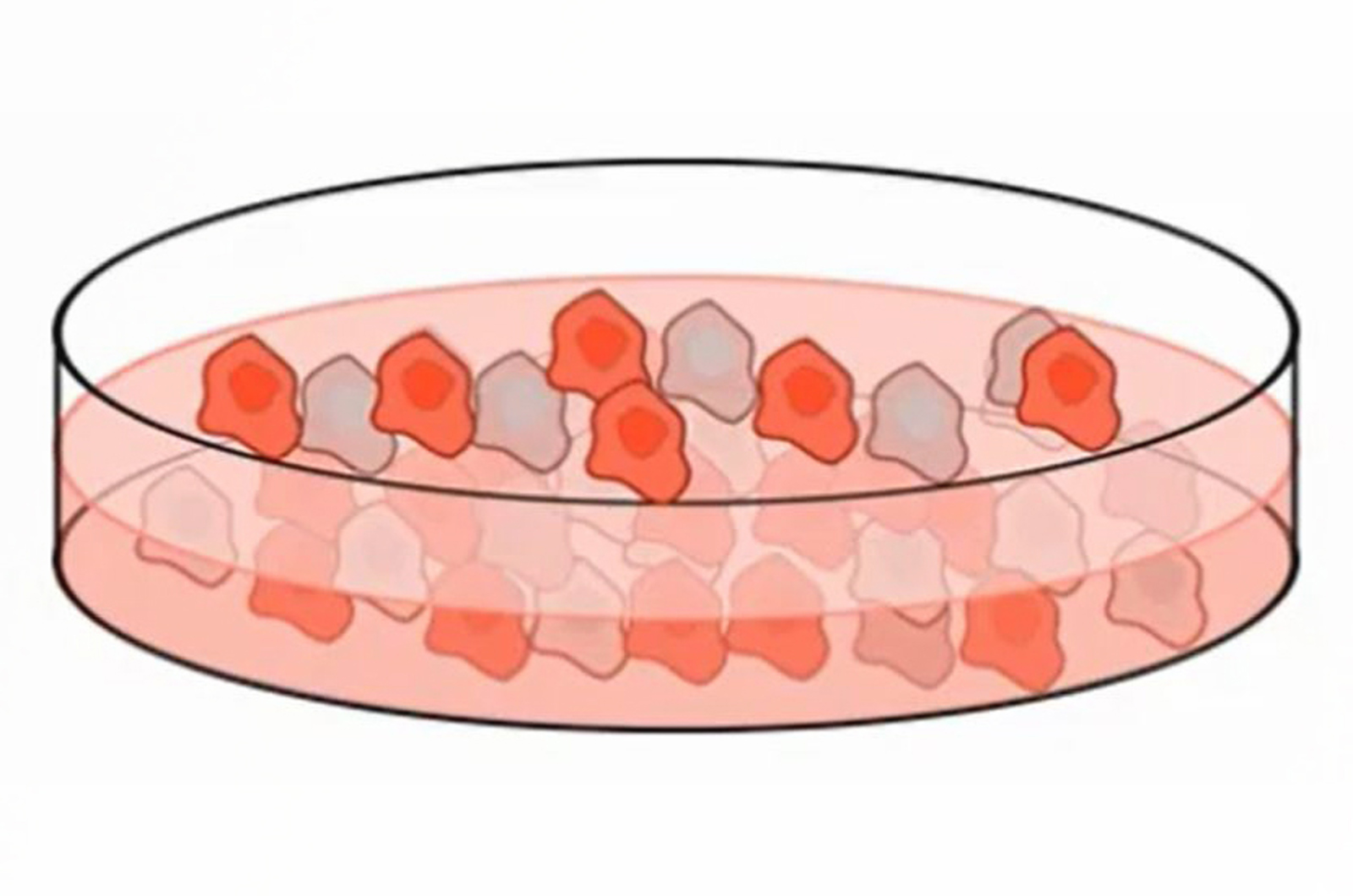
UV or MS, Derivatized or Not? Choosing & Optimizing Workflows for Amino Acid Analysis in Spent Media
This webcast will discuss workflow options for spent media analysis, focusing on LC/UV and LC/MS methods.
Sponsored by 
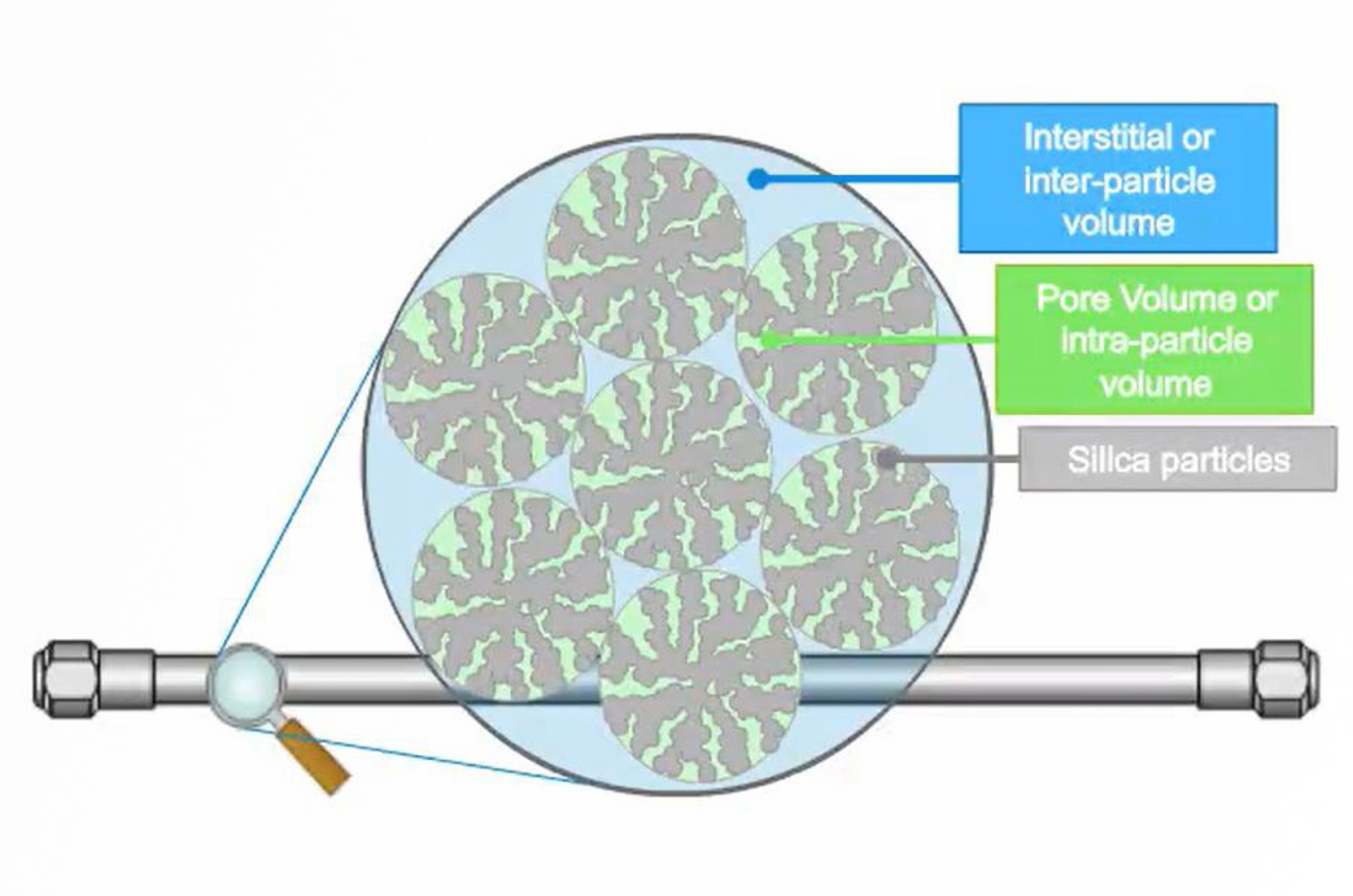
Native Mode Analysis - Intact Workflow Solutions for Characterizing Biomolecules by HIC and SEC
In this webcast, we will demonstrate the utility of SEC and HIC methods for intact analysis of antibodies and ADCs.
Sponsored by 
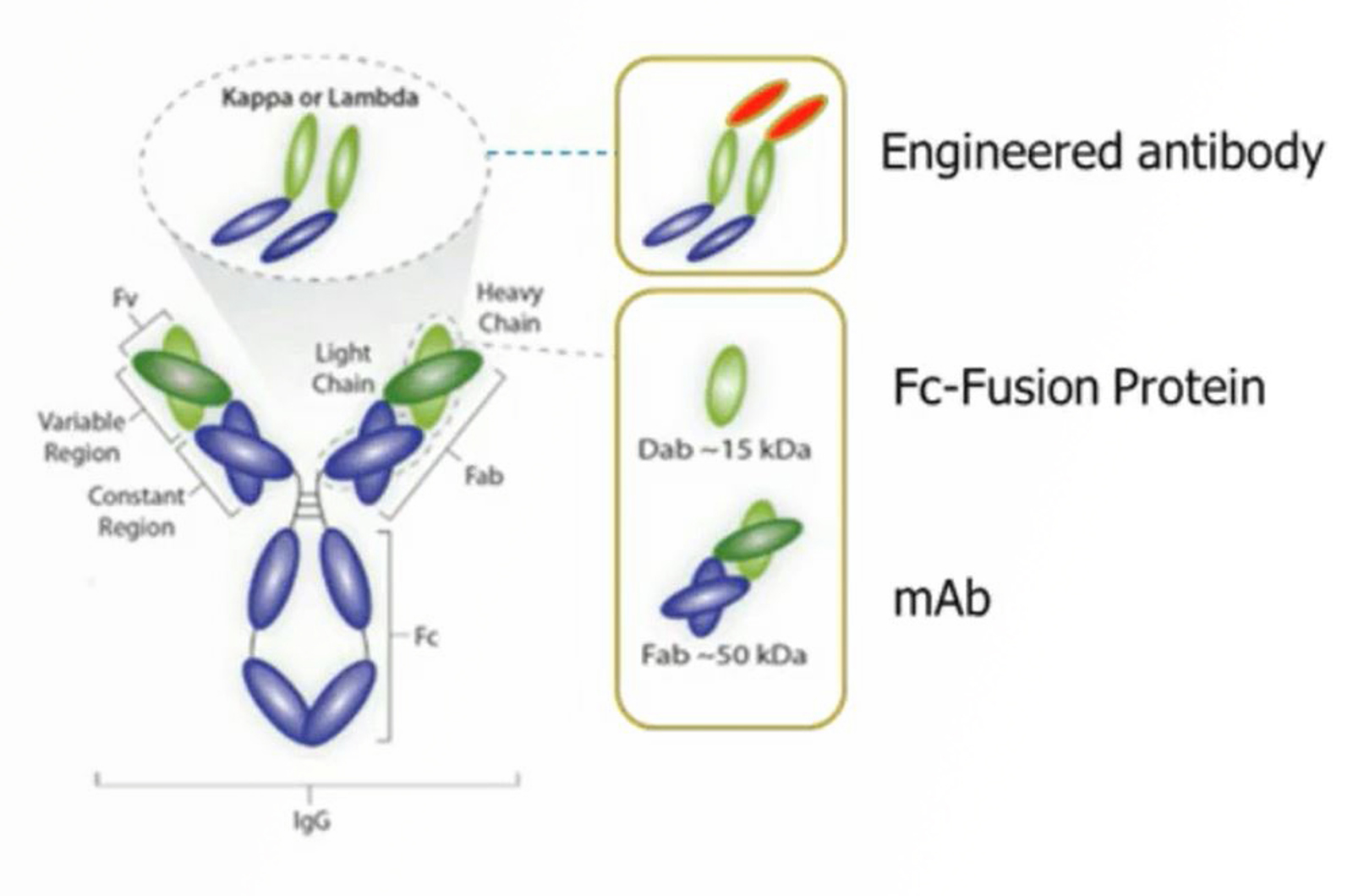
Applying High Resolution and High Efficiency SEC Technology to Biotherapeutics
This webcast will discuss the superior performance in high resolution, high efficiency, and high throughput analysis of mAbs, ADCs and fusion proteins that can be achieved with SEC columns with optimized sub-2 µm particle and unique hydrophilic bonding chemistry.
Sponsored by 
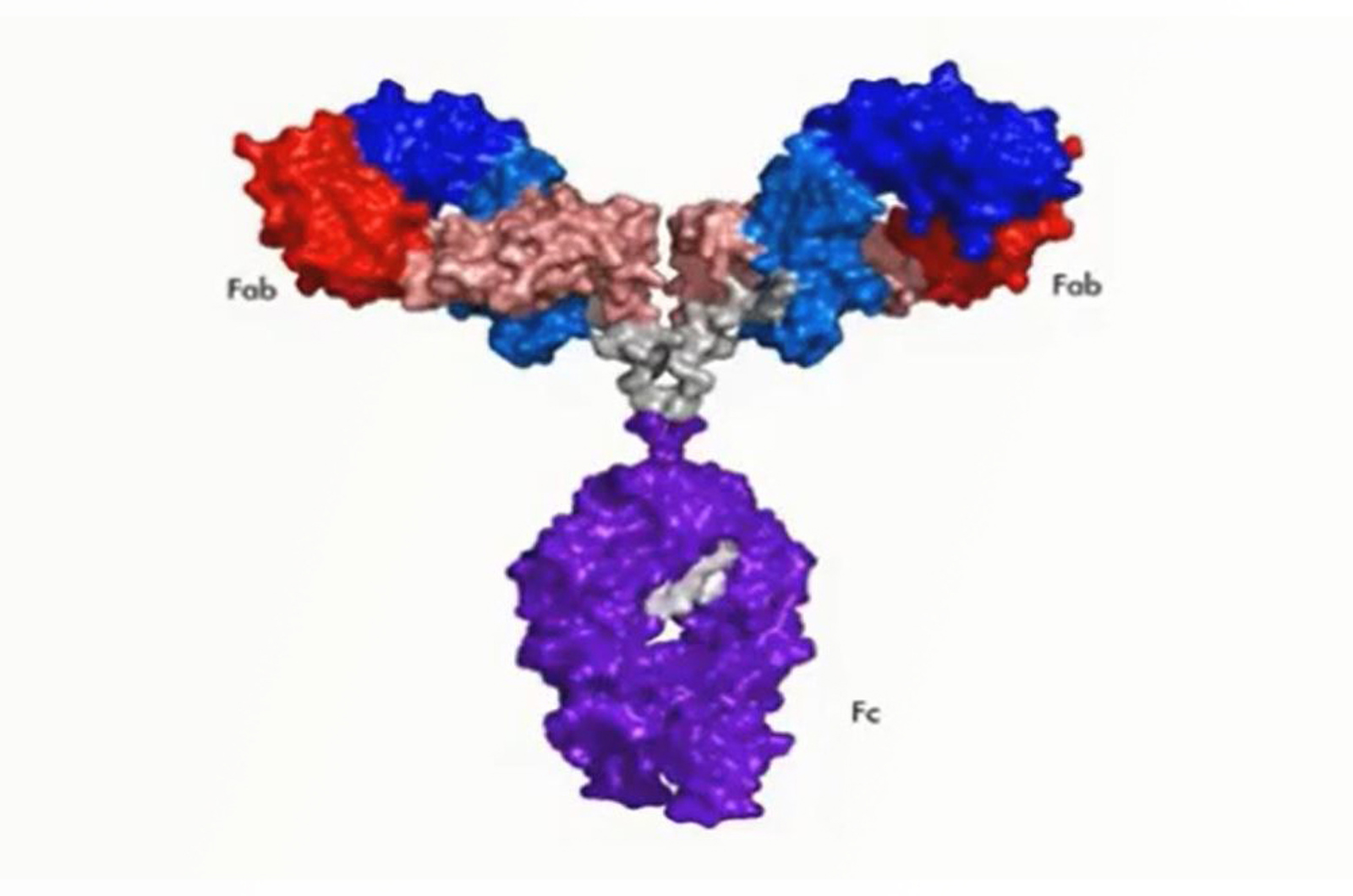
Advances in Full Characterization of Protein Biopharmaceutical Post-Translational Modifications
This webcast will consider the types of post translational modifications which can be assessed and what chromatographic or mass spectrometric methods should be used to identify them.
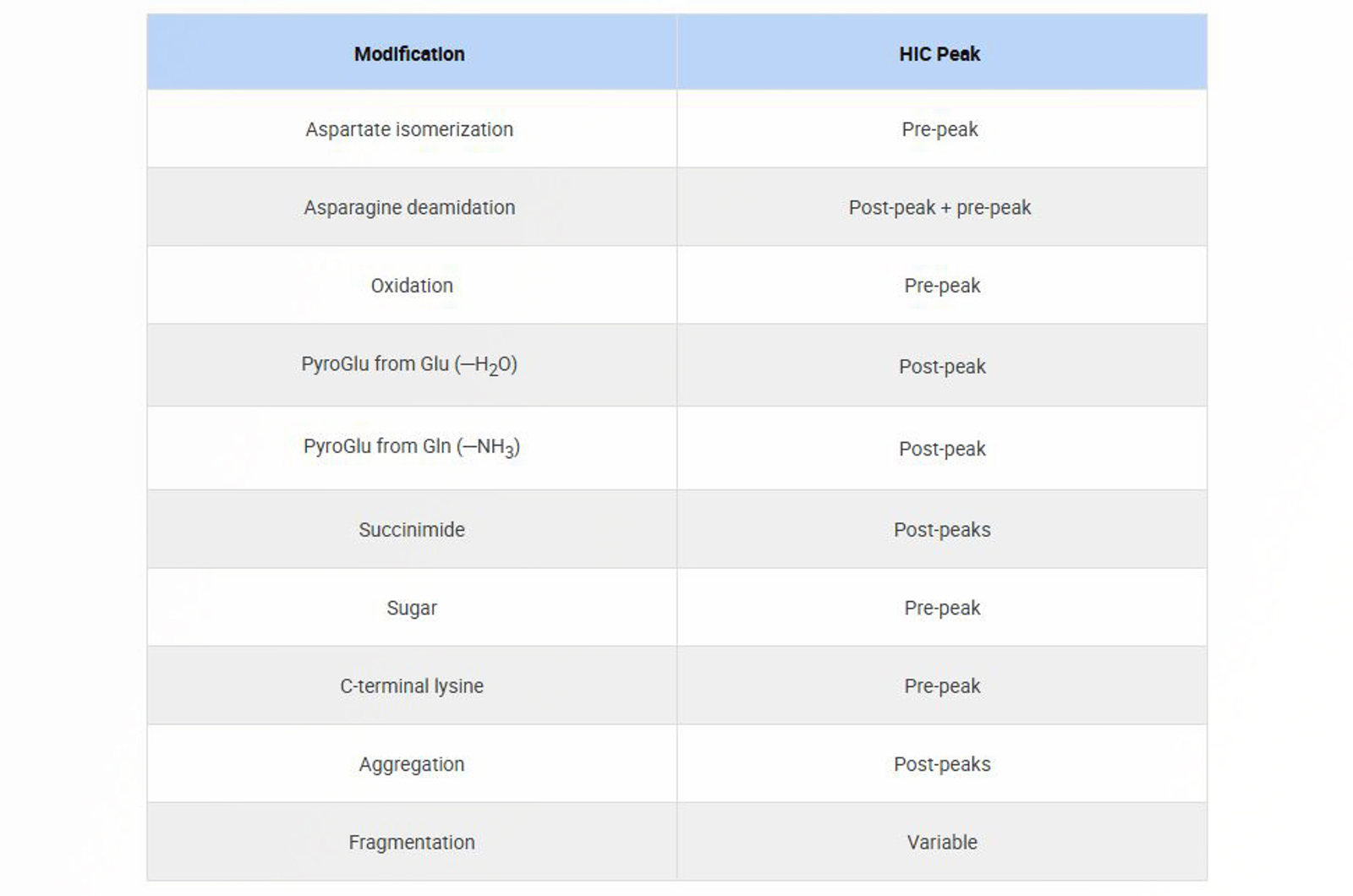
Hydrophobic Interaction Chromatography for Biopharmaceutical Analysis
This quick guide details the use of hydrophobic interaction chromatography (HIC) for the analysis of biopharmaceuticals.
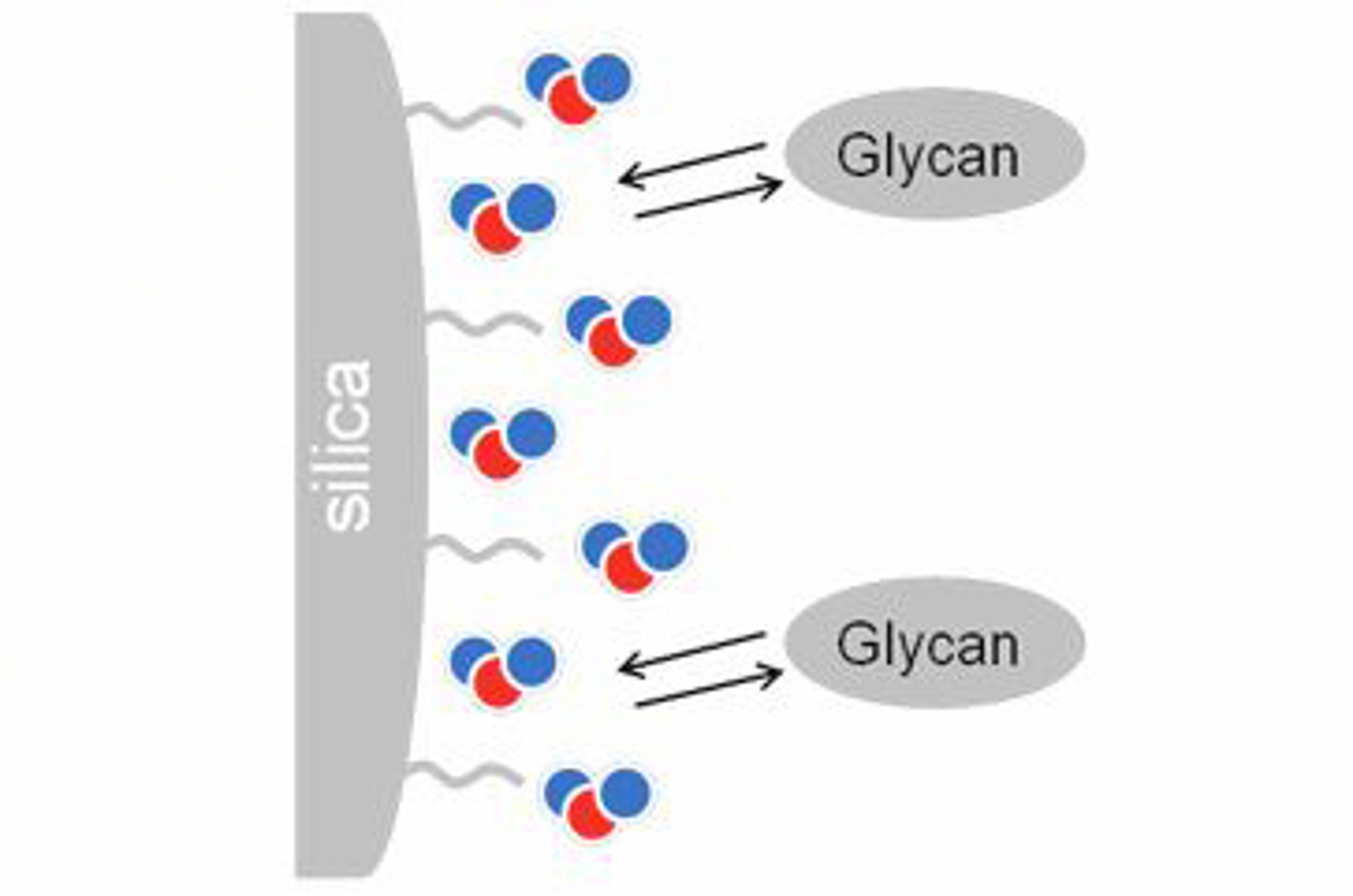
HILIC, IEX, and SEC for the Analysis of Biomolecules
This quick guide focusses on the use of HILIC, IEX, and SEC for the characterization of biomolecules.
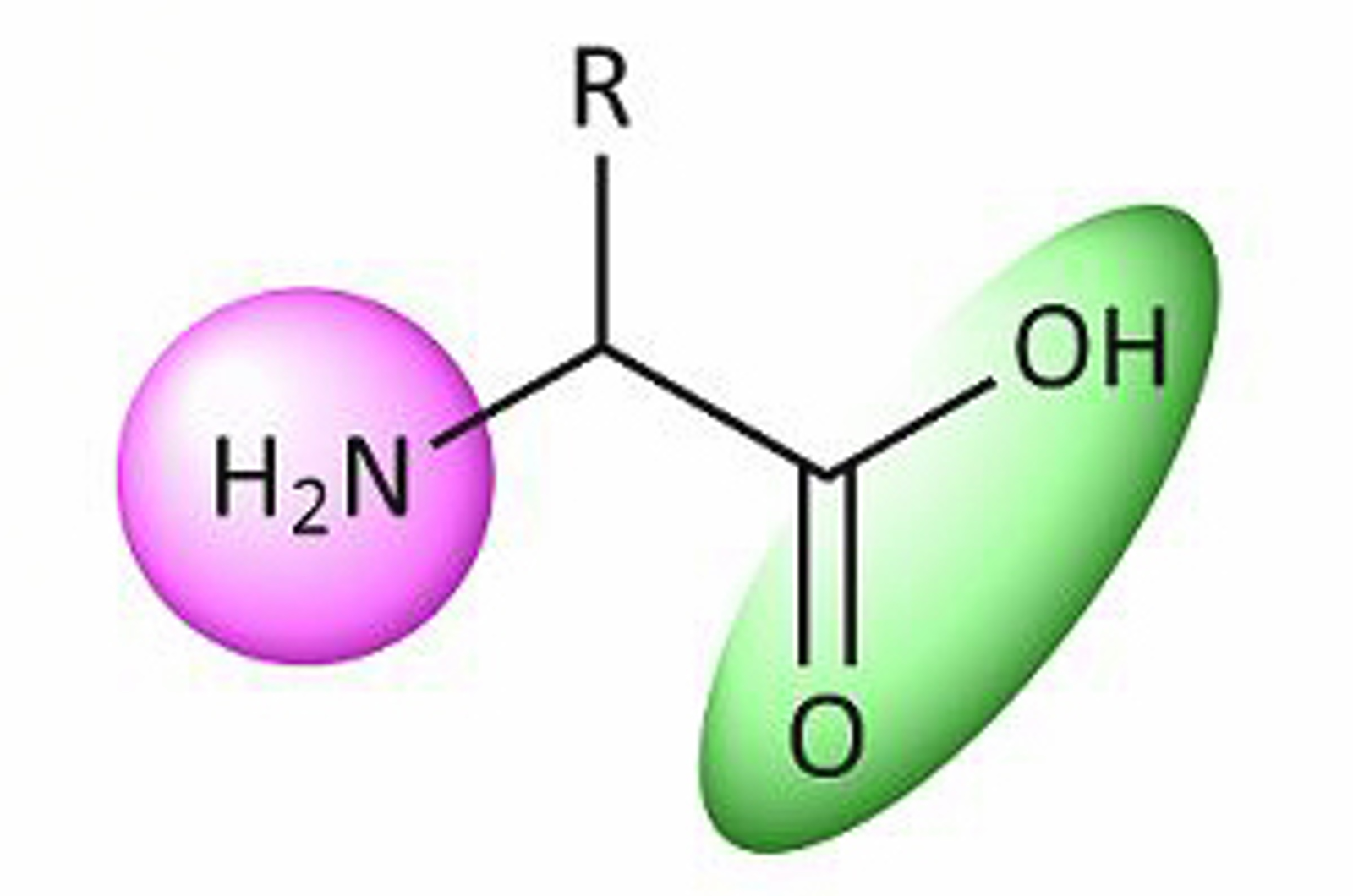
Reversed Phase HPLC for the Analysis of Biomolecules
The following article will introduce the fundamentals of biopharmaceutical analysis and cover the use of reversed phase HPLC in their analysis.
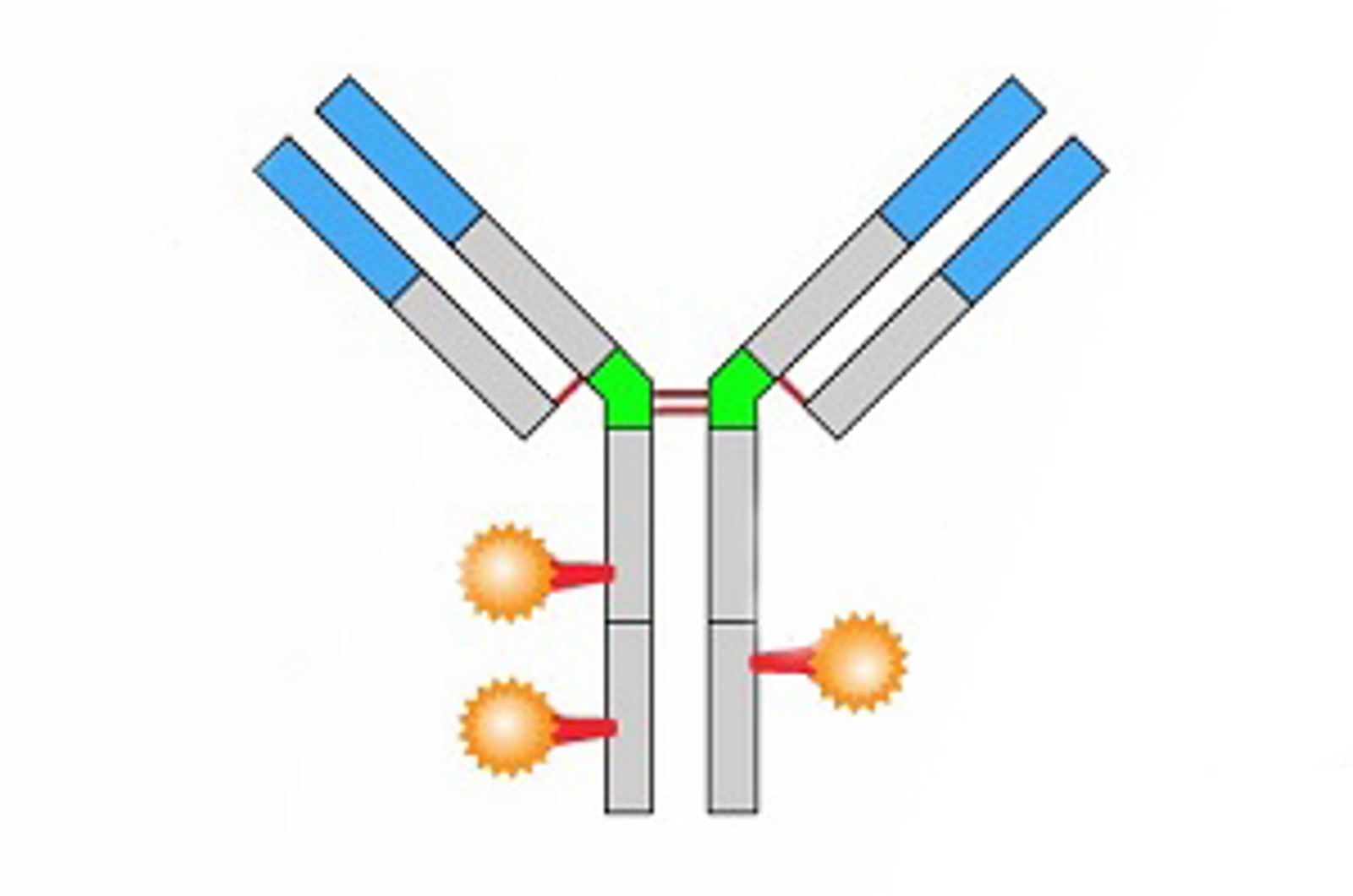
Analysis of Next Generation Protein Biopharmaceuticals
This webcast will focus on the chromatographic and mass spectrometric analysis of next generation biopharmaceuticals, for example, biosimilars, biobetters, and antibody drug conjugates.
Sponsored by 
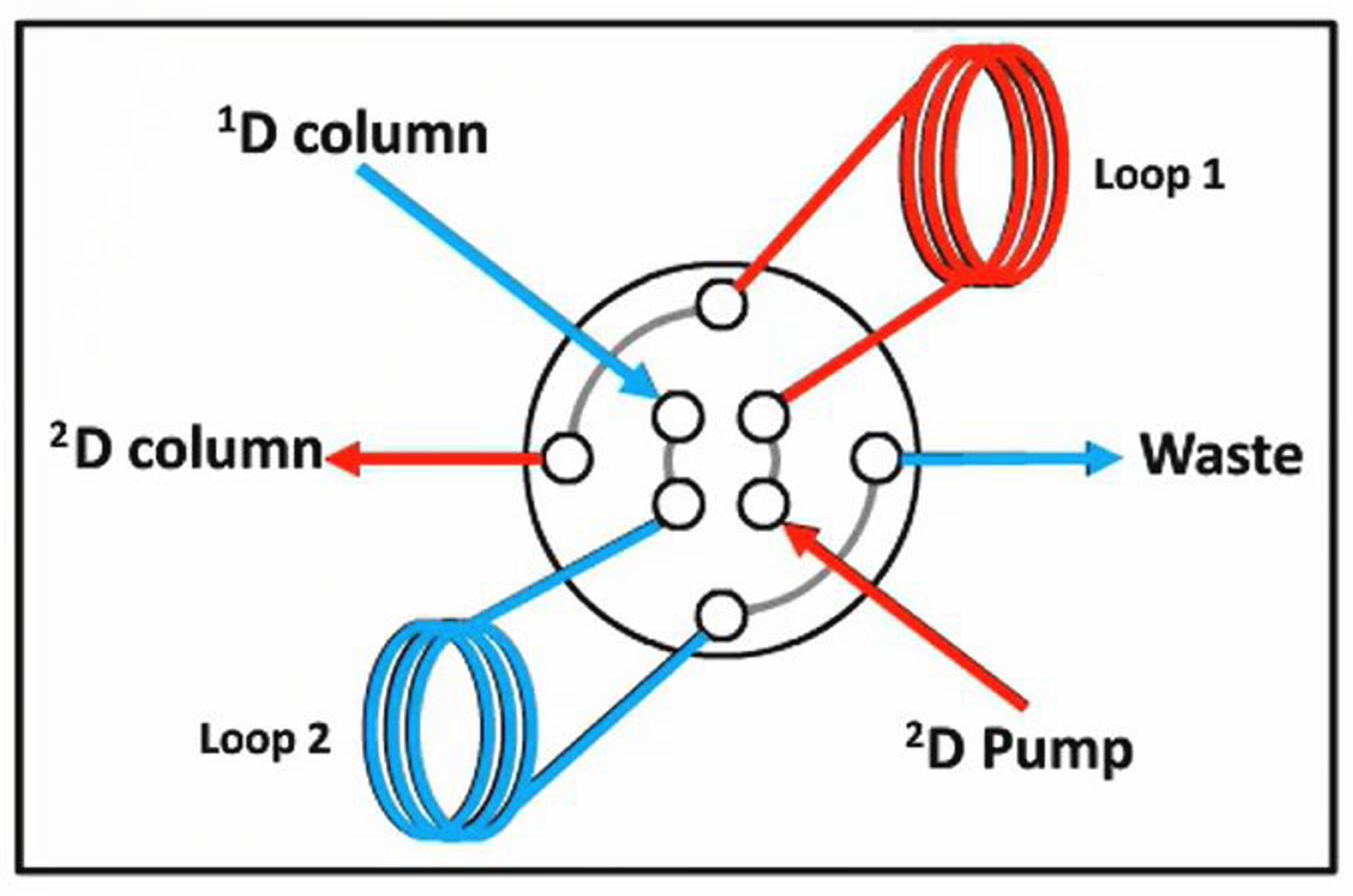
Introduction to Two-Dimensional Liquid Chromatography for Biomolecule Separations
This webcast will provide an overview of the key concepts required for successful 2D-LC method development, and several examples of recently developed 2D-LC separations of biomolecules.
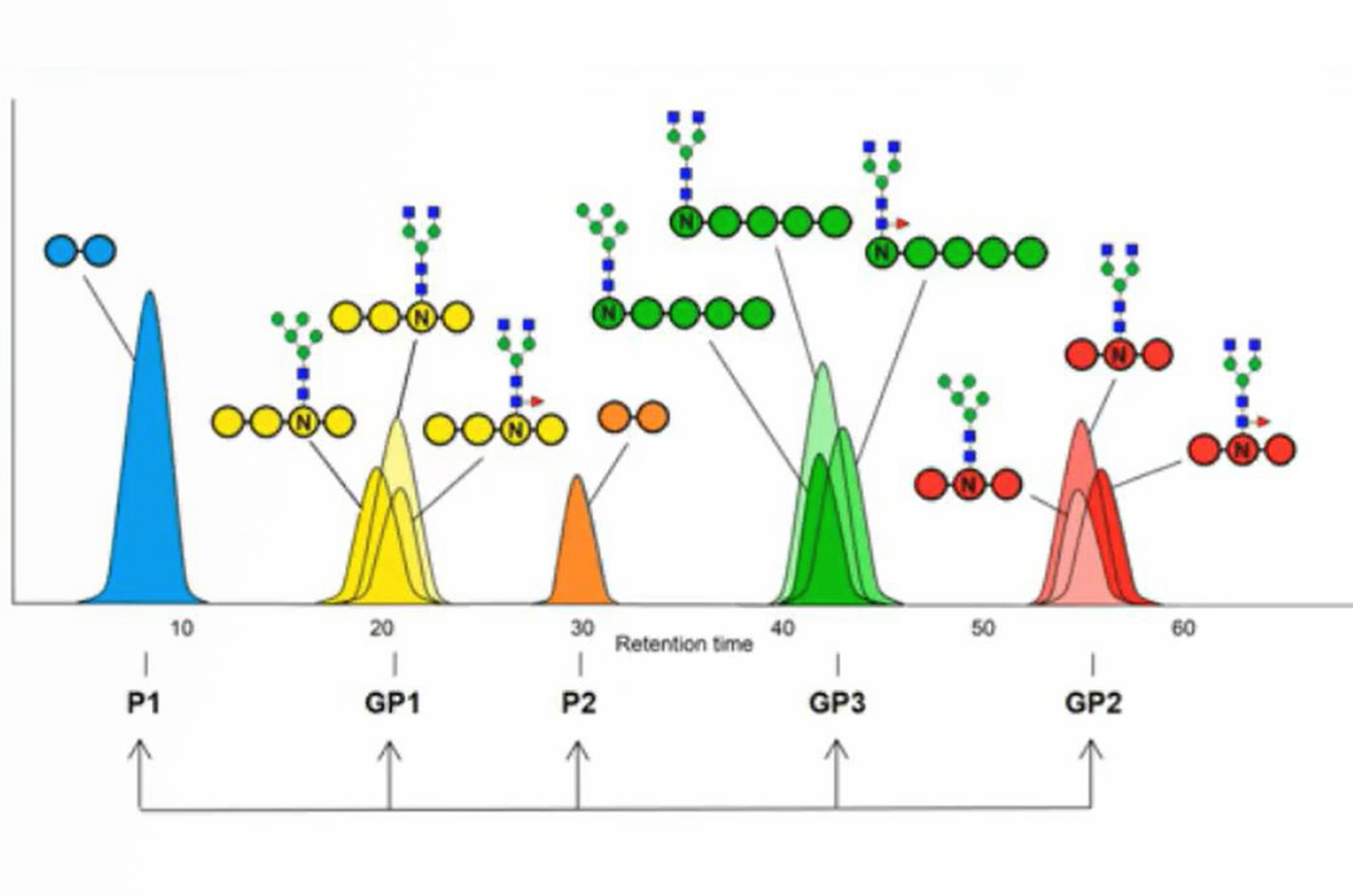
Identification, Mapping, and Relative Quantitation of SARS-CoV-2 Spike Glycopeptides by Mass-Retention
This webcast will discuss the technical issues surrounding the characterization of SARS–CoV–2 spike (S) protein glycosylation and its importance for quality control of expressed spike protein.
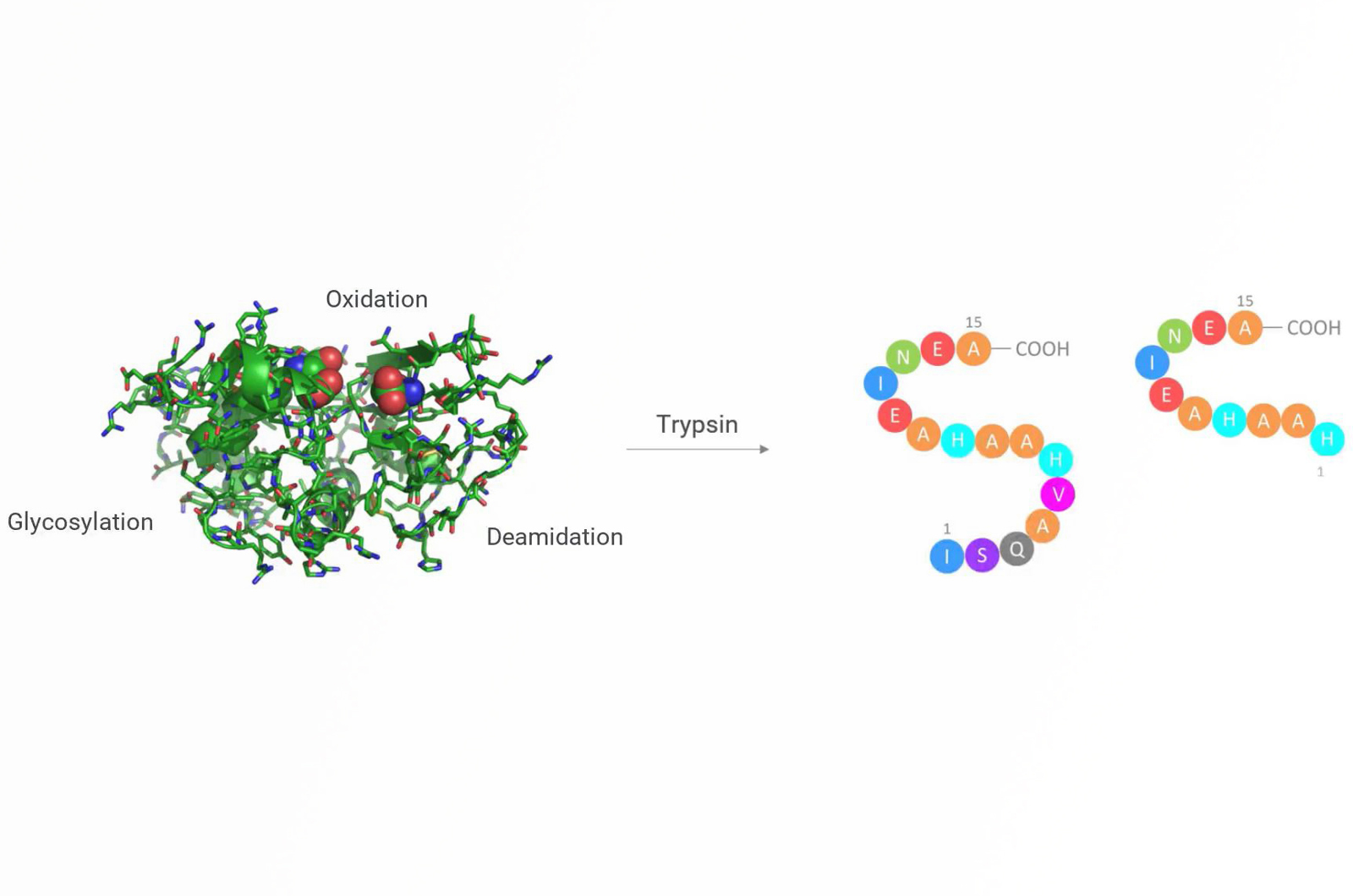
Mass Spectrometry at the Peptide Level
This module will allow you to understand how to utilize mass spectrometry based peptide mapping, including how to digest samples, where to start with LC-MS conditions, analyze the data produced, and how to use MS/MS experiments to further enhance confidence in peptide identity, sequence, modifications, and modification sites.
Accredited by 
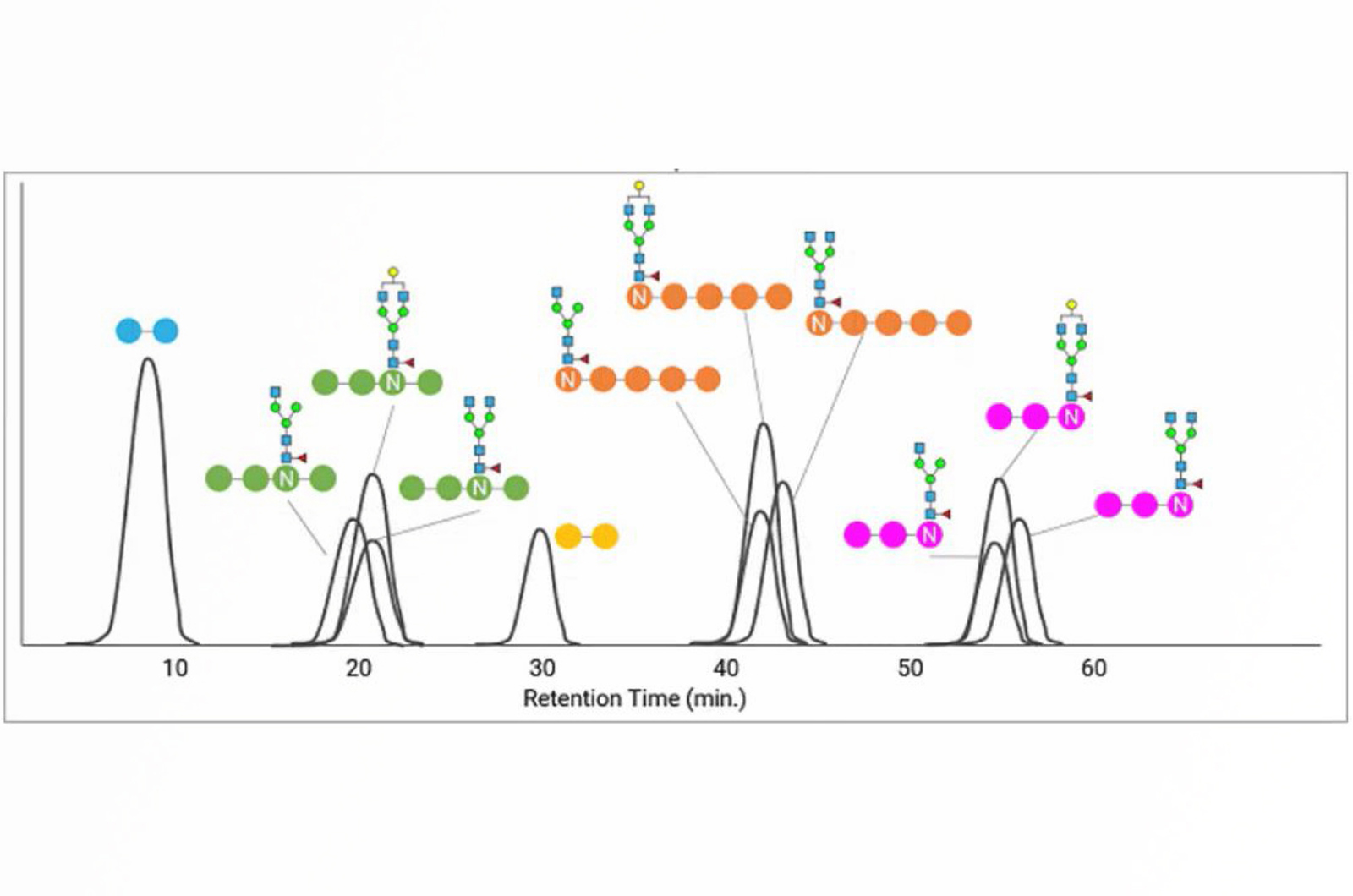
Mass Spectrometry at the Glycan Level
This module will introduce the use of mass spectrometry for glycan analysis.
Accredited by 

Reversed Phase - Peptide Mapping LC Conditions and Effects
This module provides HPLC parameters for carrying out peptide mapping experiments. The effect of each parameter on the resulting chromatography will be detailed.
Accredited by 
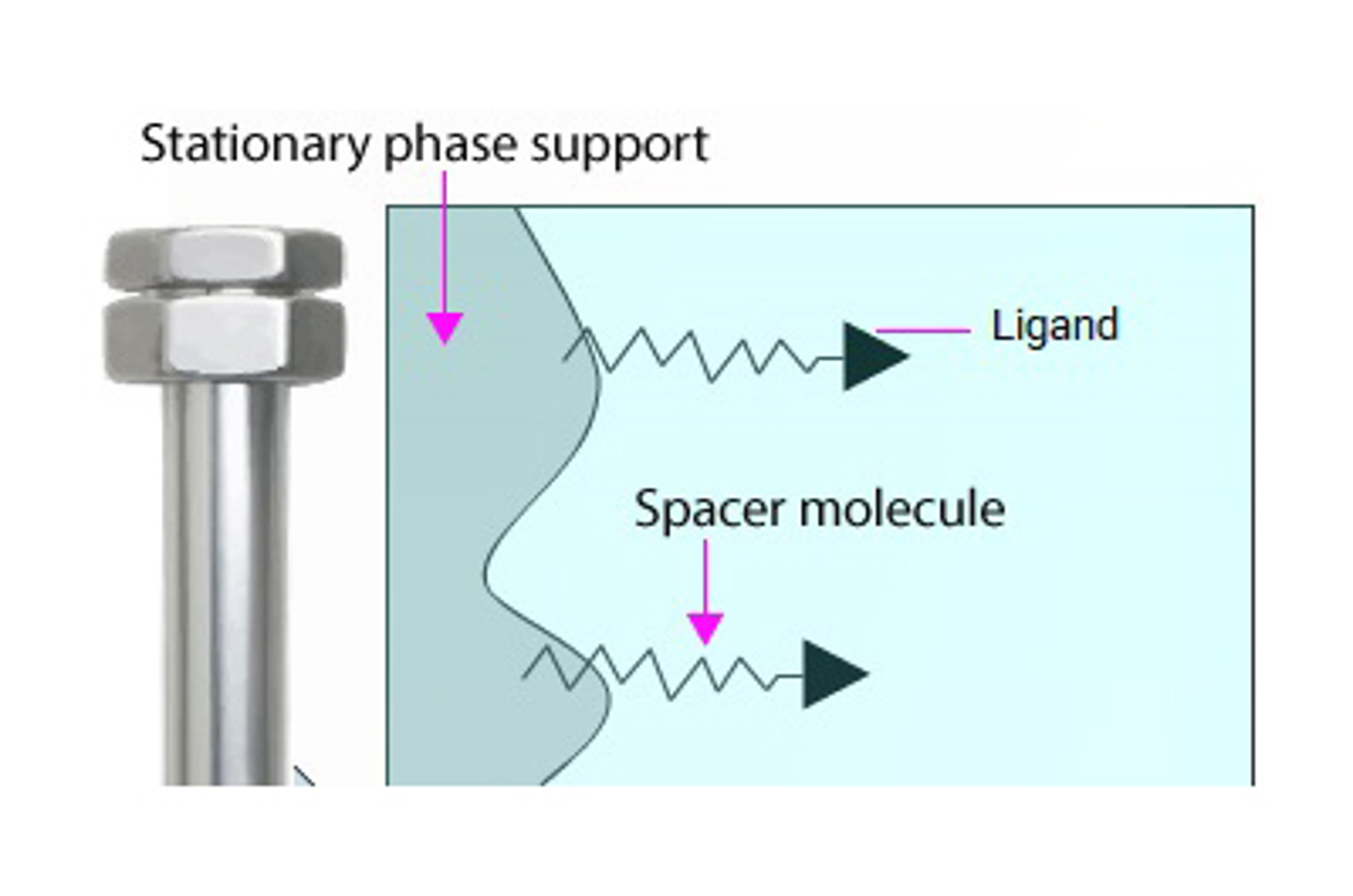
Affinity Chromatography Techniques
This module introduces the principles of affinity chromatography for the analysis of biomolecules.
Accredited by 
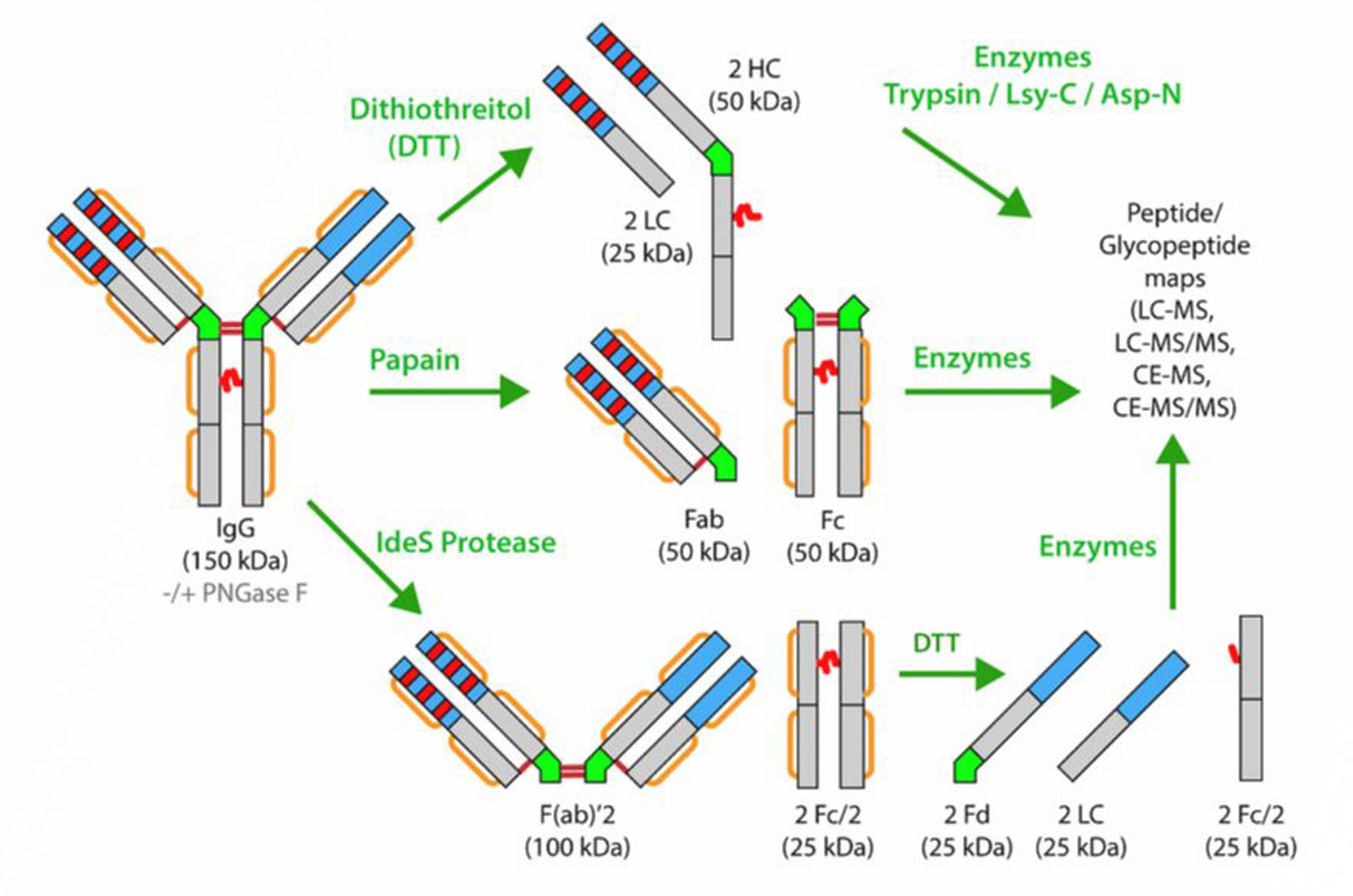
Mass Spectrometry at the Protein Level
his module will explore the different mass spectrometric techniques used for protein level analysis and look at the information provided by each technique.
Accredited by 
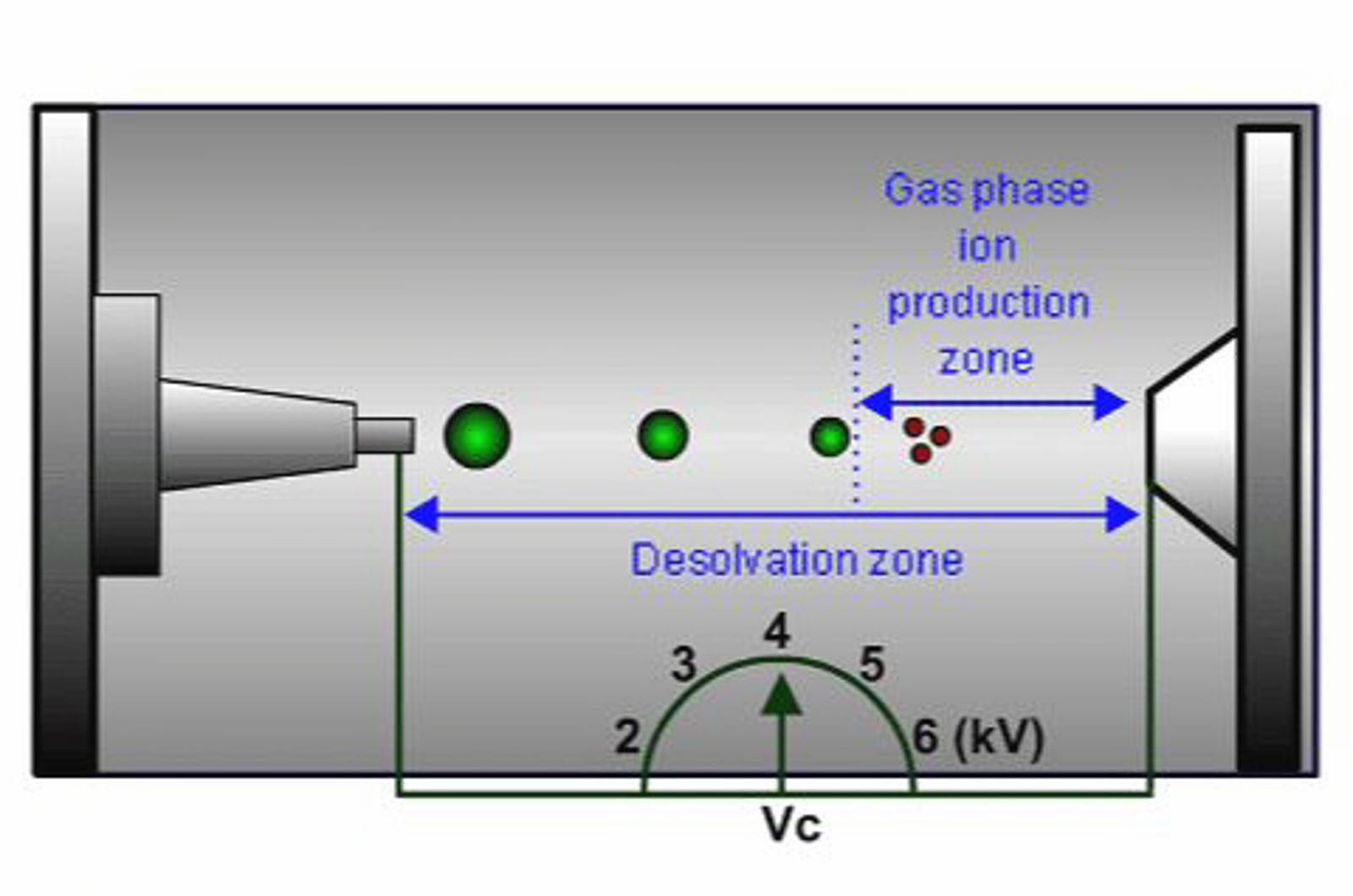
Mass Spectrometry Basics for Biomolecule Analysis
This module covers the fundamentals of mass spectrometry for the analysis of biomolecules.
Accredited by 
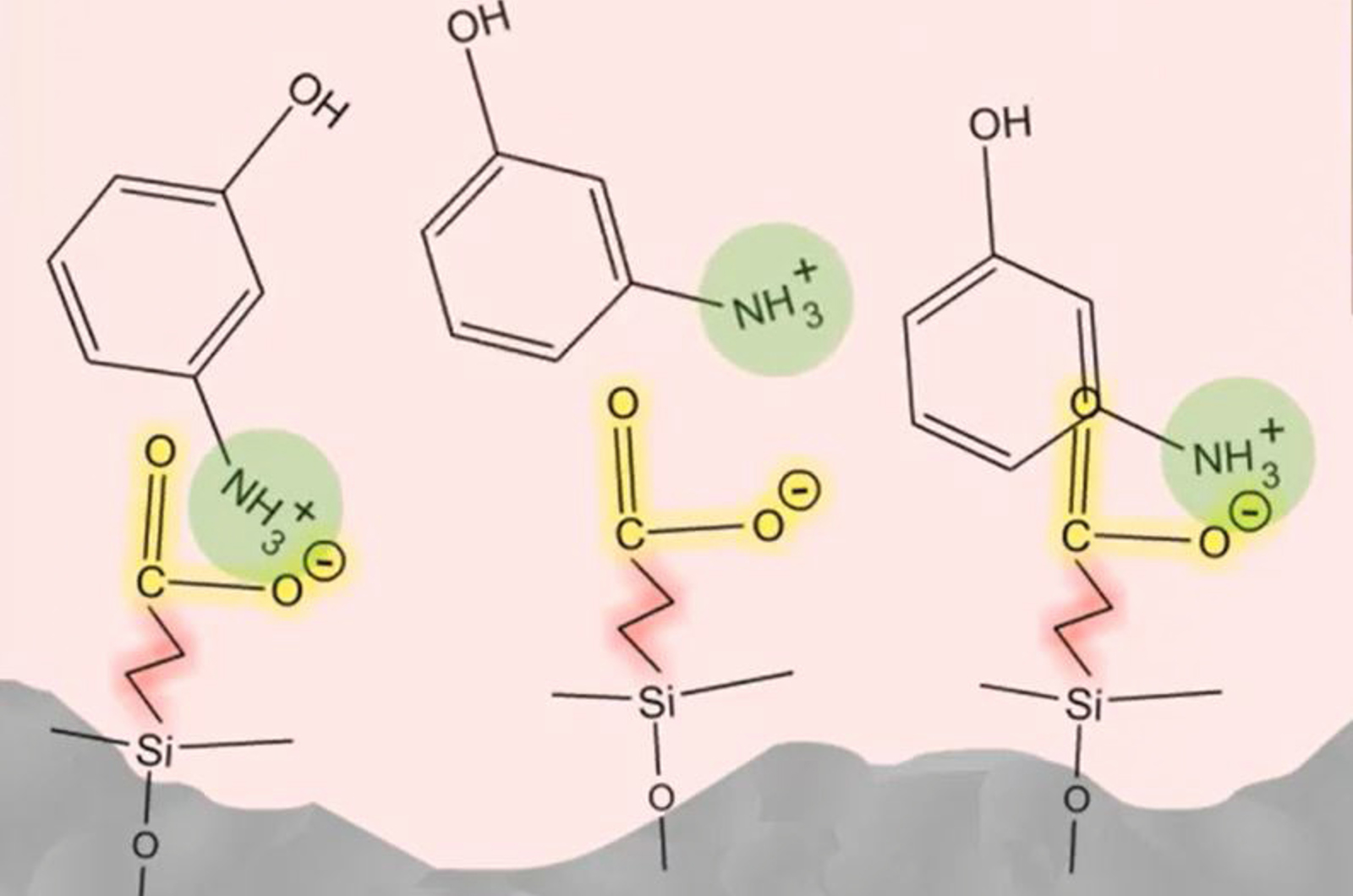
Ion Exchange Techniques
This module discusses ion exchange techniques and applications for the analysis of biomolecules.
Accredited by 
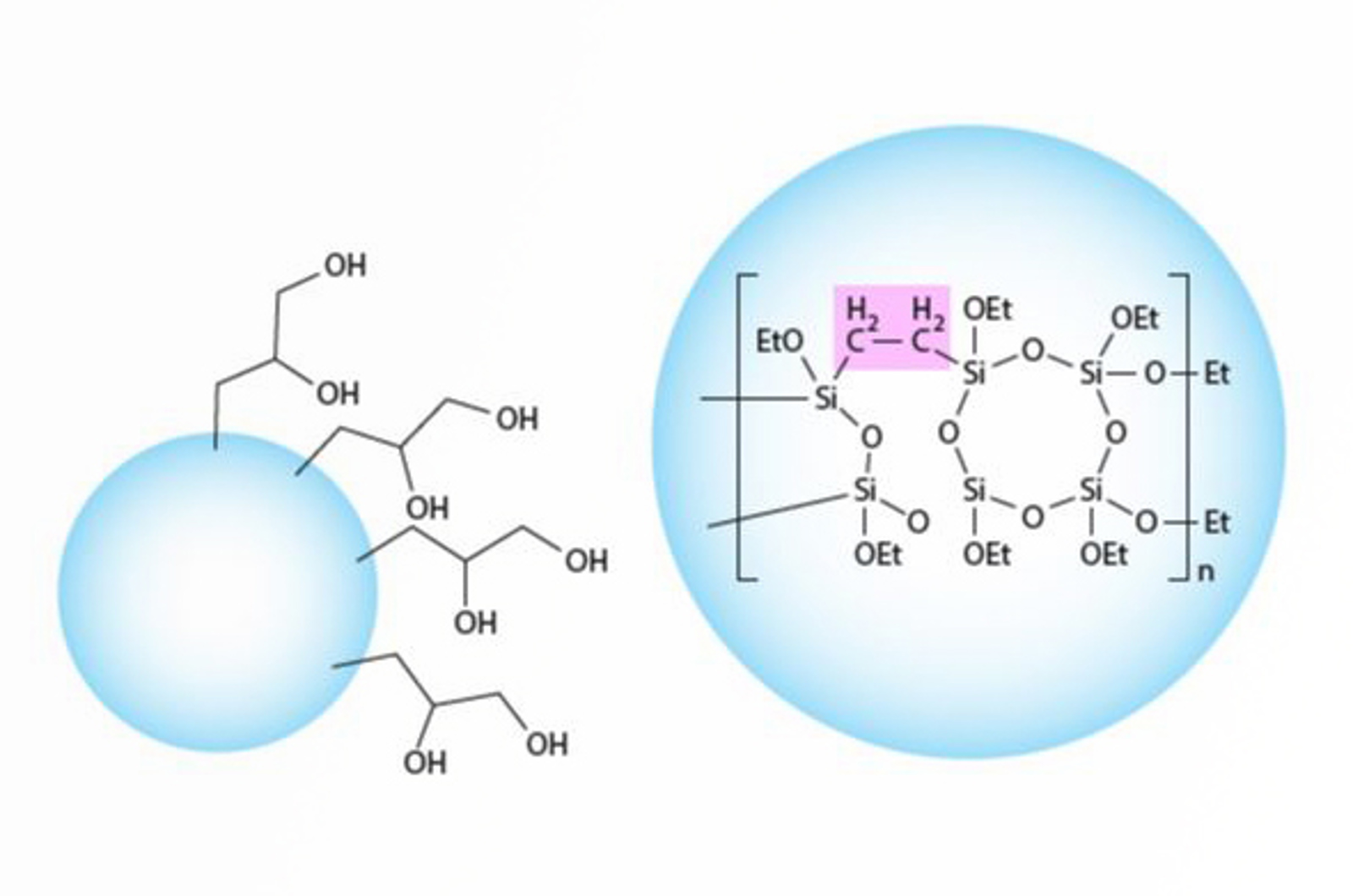
Size Exclusion Techniques
This module focuses on size exclusion chromatography for the analysis of biomolecules.
Accredited by 
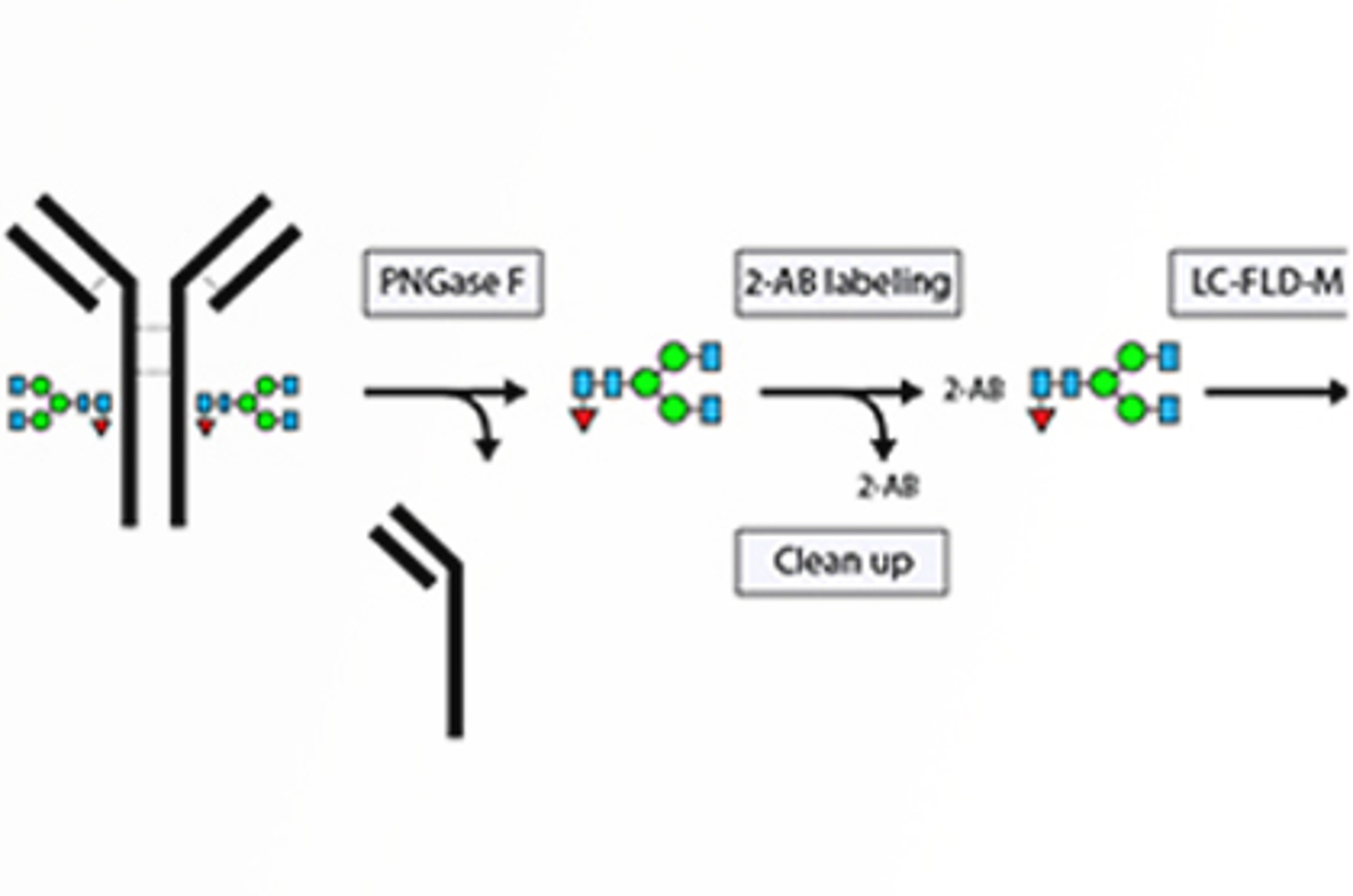
HILIC for Biomolecules
This module will detail experimental conditions for HILIC analyses in relation to biomolecules.
Accredited by 
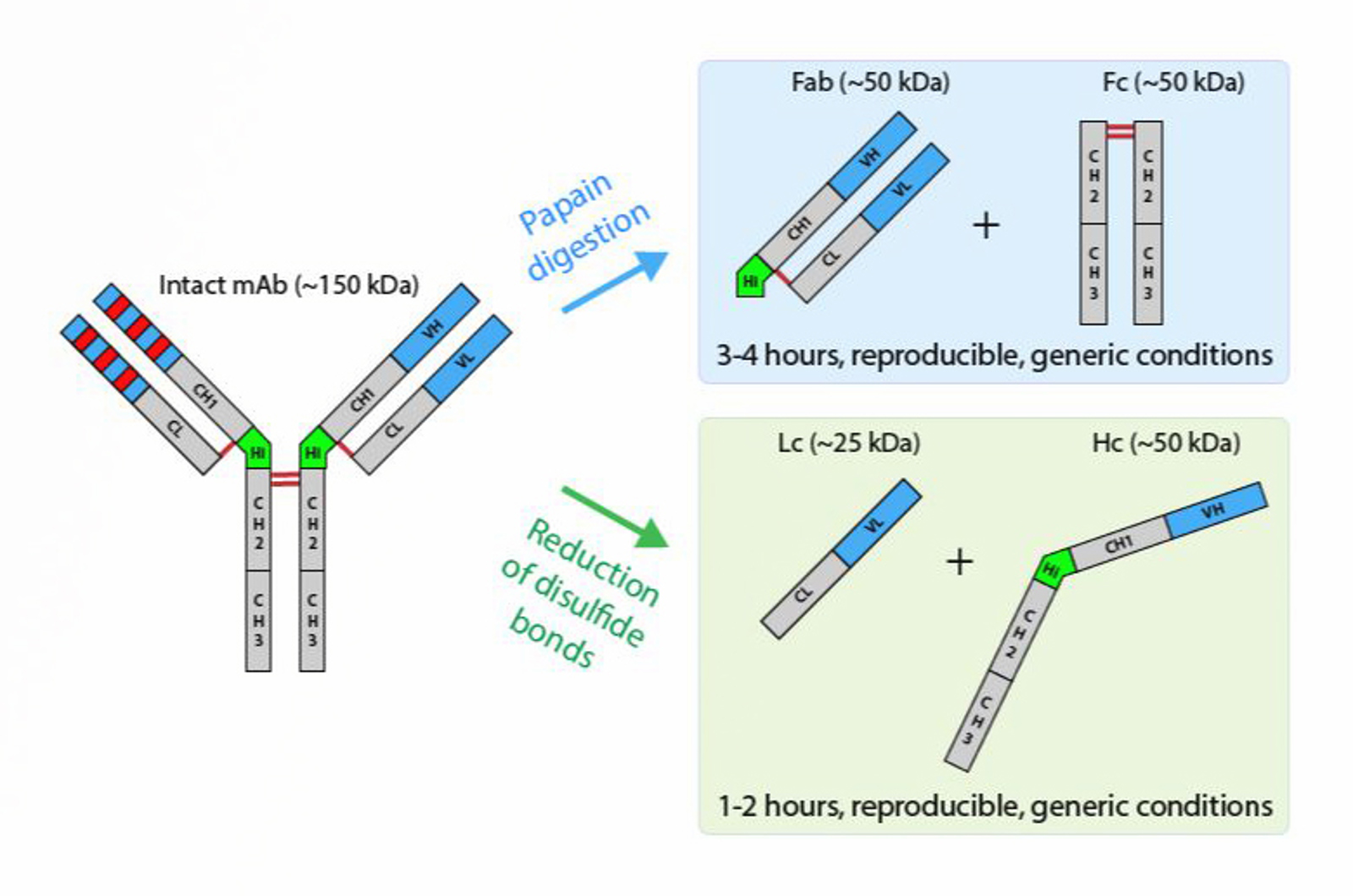
Reversed Phase - Protein Level Analysis and Optimization
This module discusses the analysis of proteins using reversed phase chromatography.
Sponsored by 
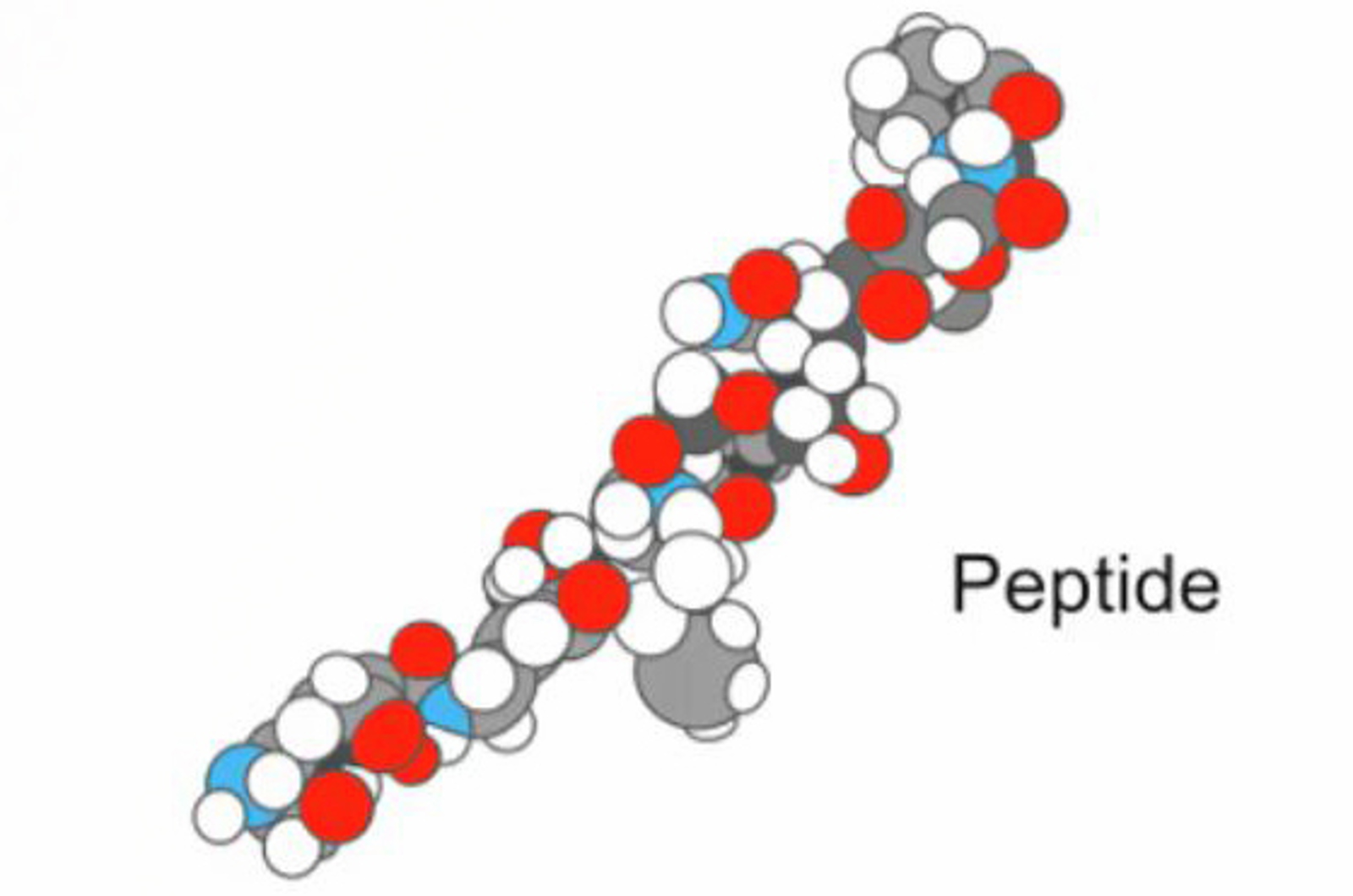
Introduction to Peptide Analysis by HPLC
This webcast will introduce the process by which the parameters of reversed phase HPLC can be optimized to analyze peptides; we will consider the stationary phase chemistry which impacts selectivity, as well as the impact the physical attributes of the column have on peptide separations.
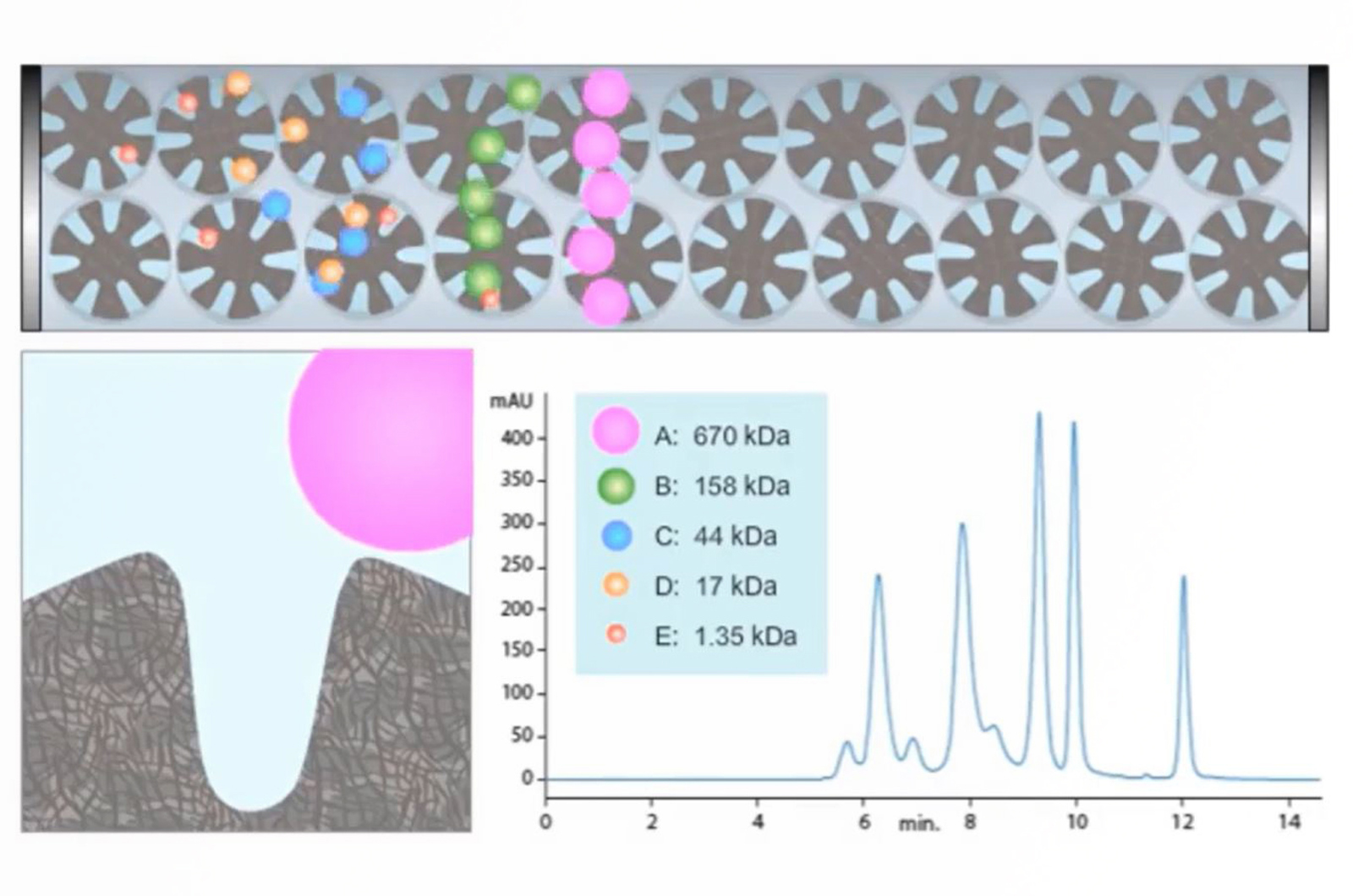
First Steps in Characterizing Biotherapeutics
This quick guide will take a practical look at the three most common chromatographic techniques used for analyzing biotherapeutics, size exclusion (SEC), ion exchange (IEX), and reversed phase (RP) chromatographies.
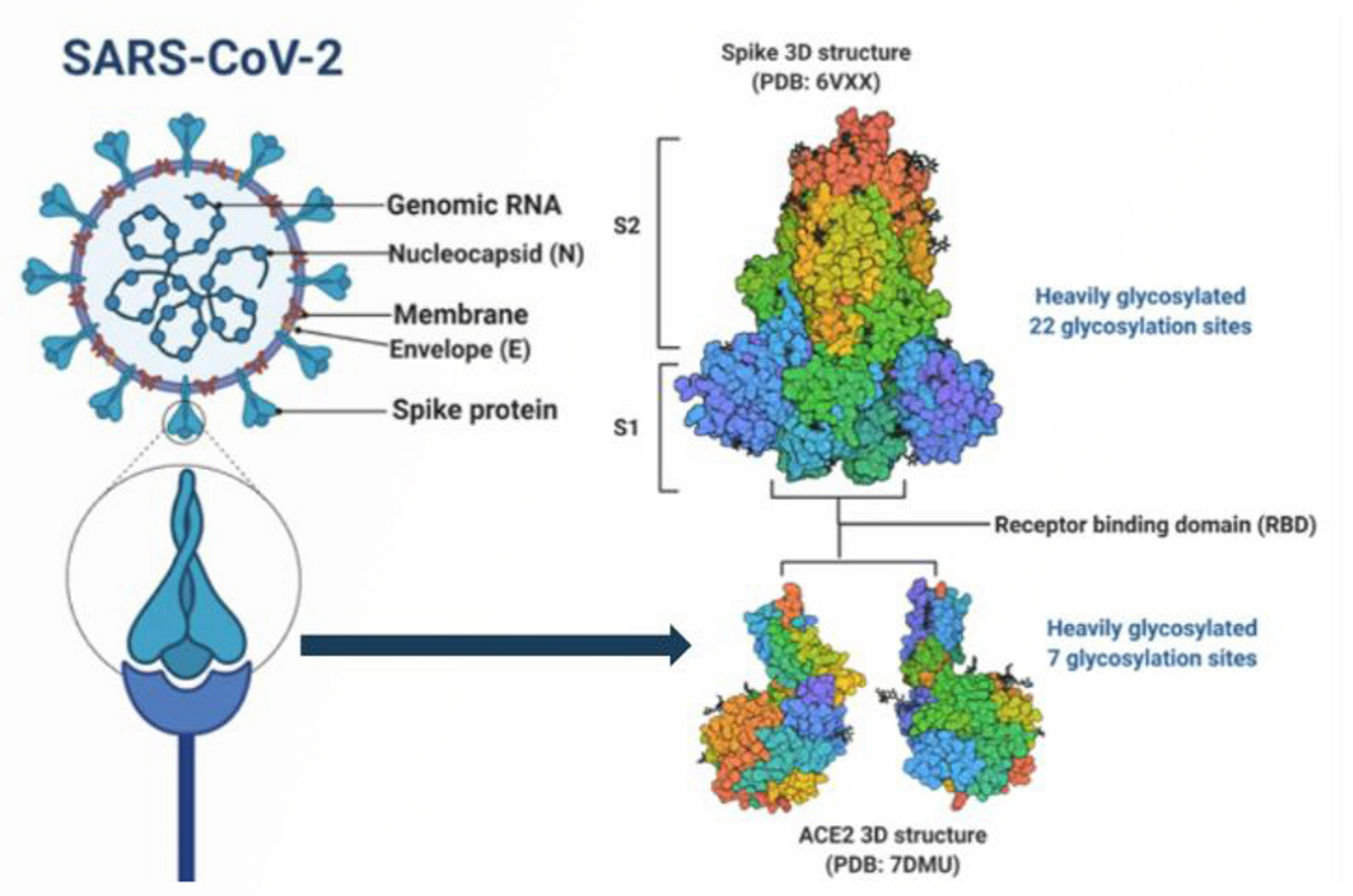
High-throughput and High-resolution N-glycan Profiling Workflows Using InstantPC
This webcast will describe complete N-glycan quantitation workflows using the Agilent AdvanceBio InstantPC label for high-throughput and high-resolution glycan profiling using hydrophilic interaction liquid chromatography (HILIC) with detection by fluorescence (FLD) or mass spectrometry (MS).
Sponsored by 
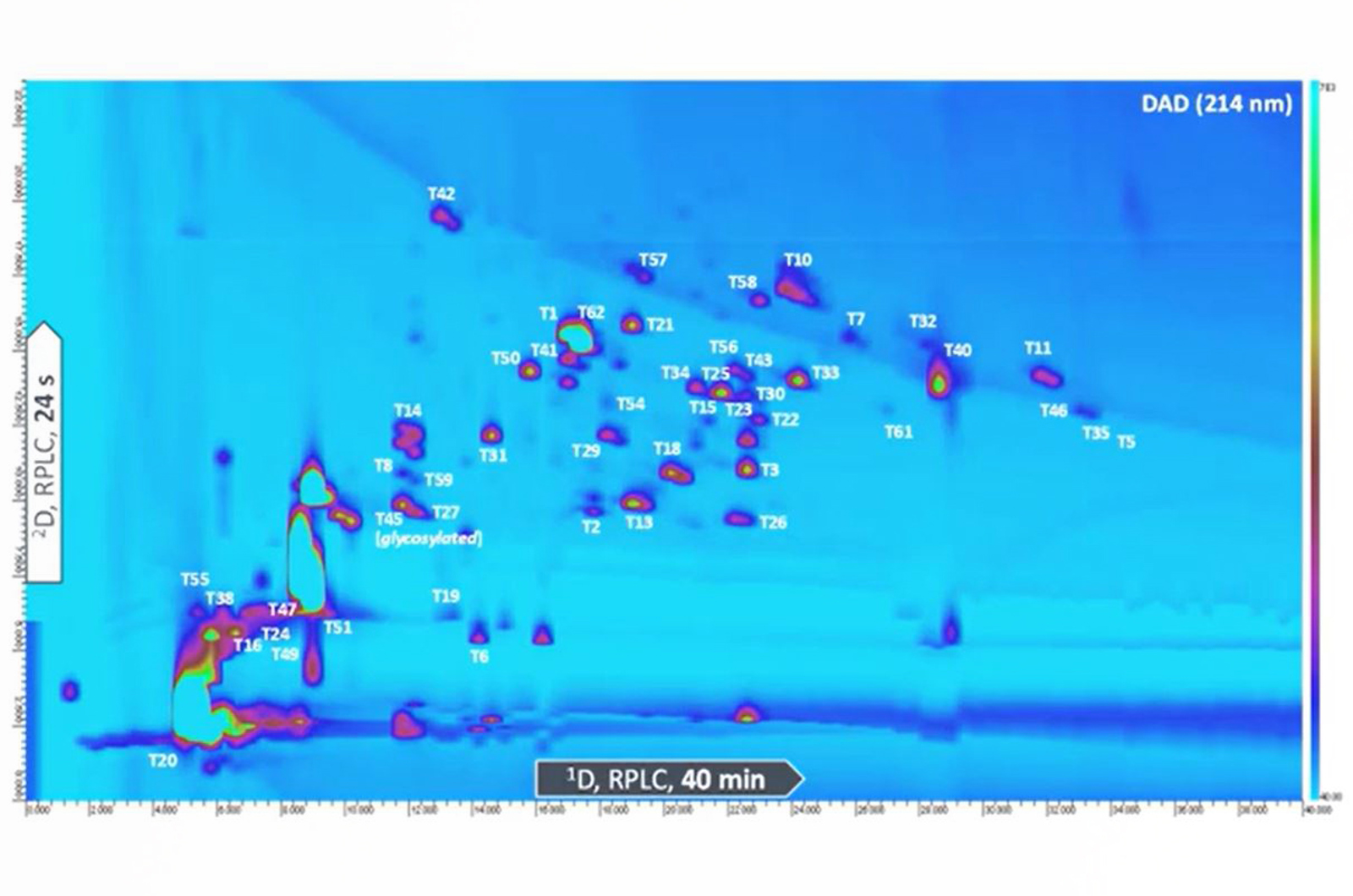
In-depth Characterization of Biopharmaceuticals by Multidimensional LC-MS
This webcast will highlight the power of 2D-, 3D- and 4D-LC in hyphenation to mass spectrometry (MS) for the detailed characterization of protein biopharmaceuticals.
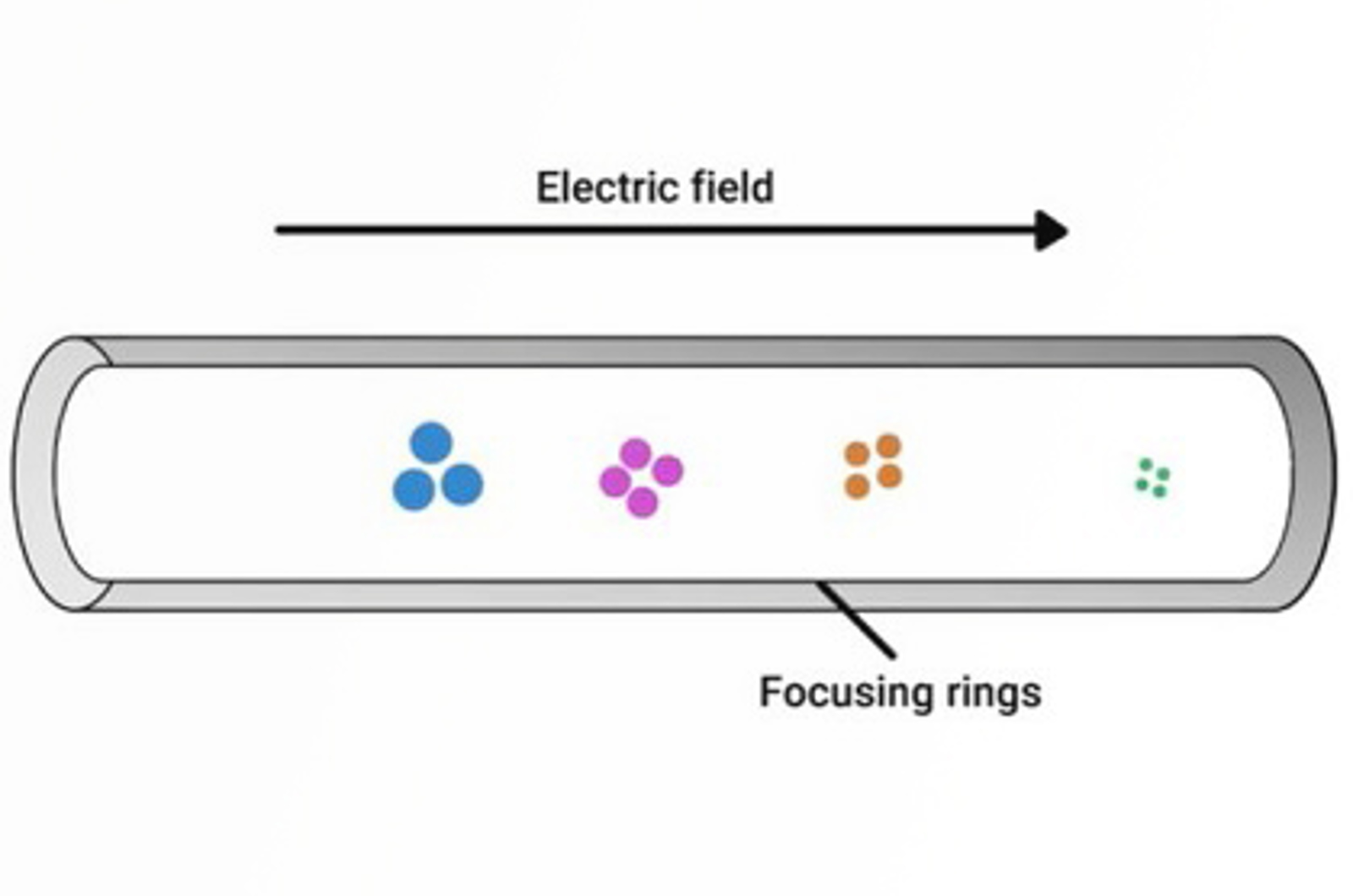
Introduction to Ion Mobility Spectrometry (IMS)
This introductory module will detail IMS instrument components and how separation occurs as well as considering the advantages of hyphenating the technique with chromatography and particularly mass spectrometry to provide two-dimensional separation data which can be particularly useful in the analysis of biomolecules.
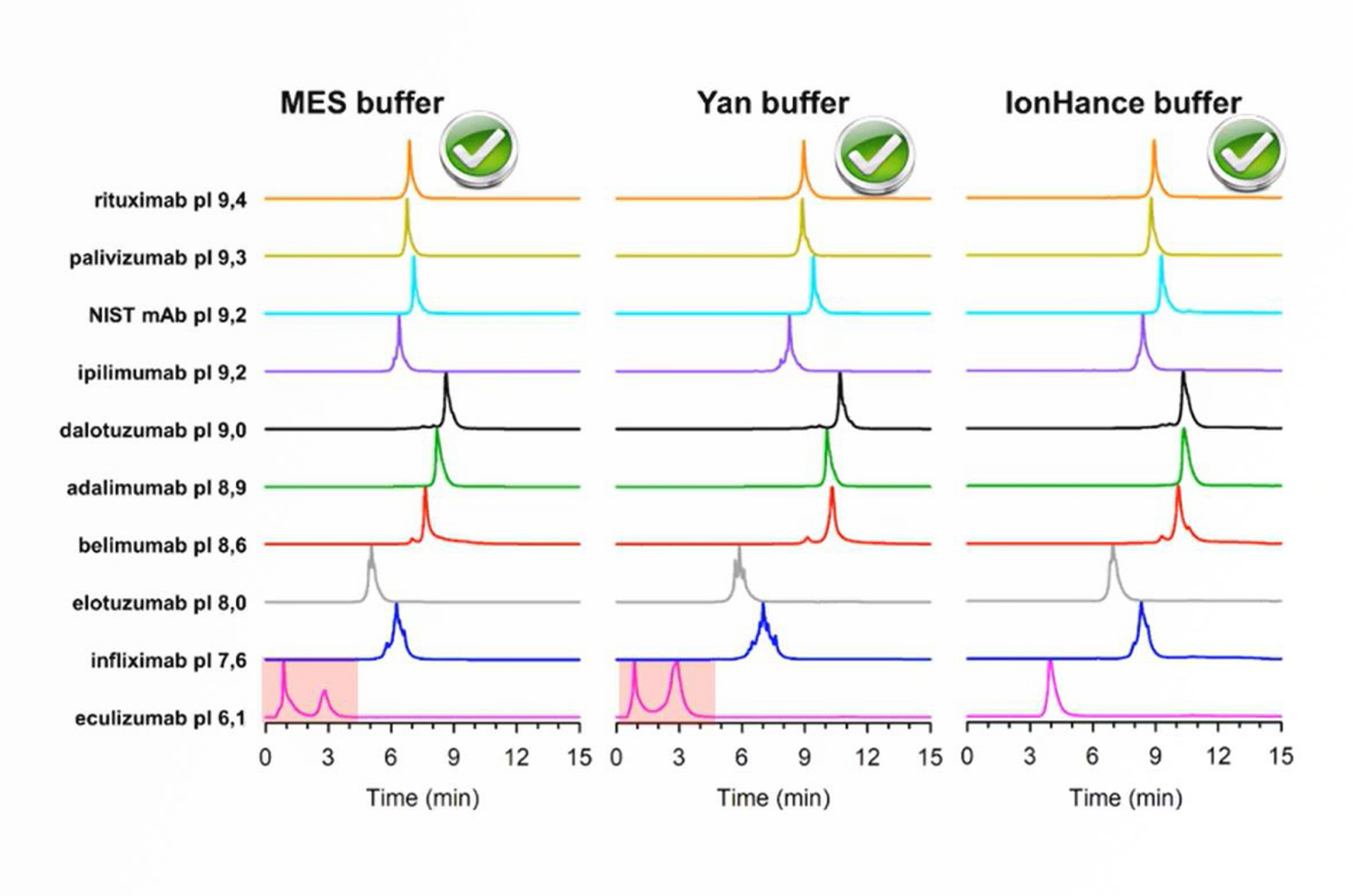
CHROMtalks - Tips and Tricks for Contemporary LC Separations of Biomolecules
This presentation will highlight some challenges commonly observed when characterizing protein biopharmaceutical samples (such as monoclonal antibodies and related compounds) in non-denaturing liquid chromatography (LC) and how to mitigate them.
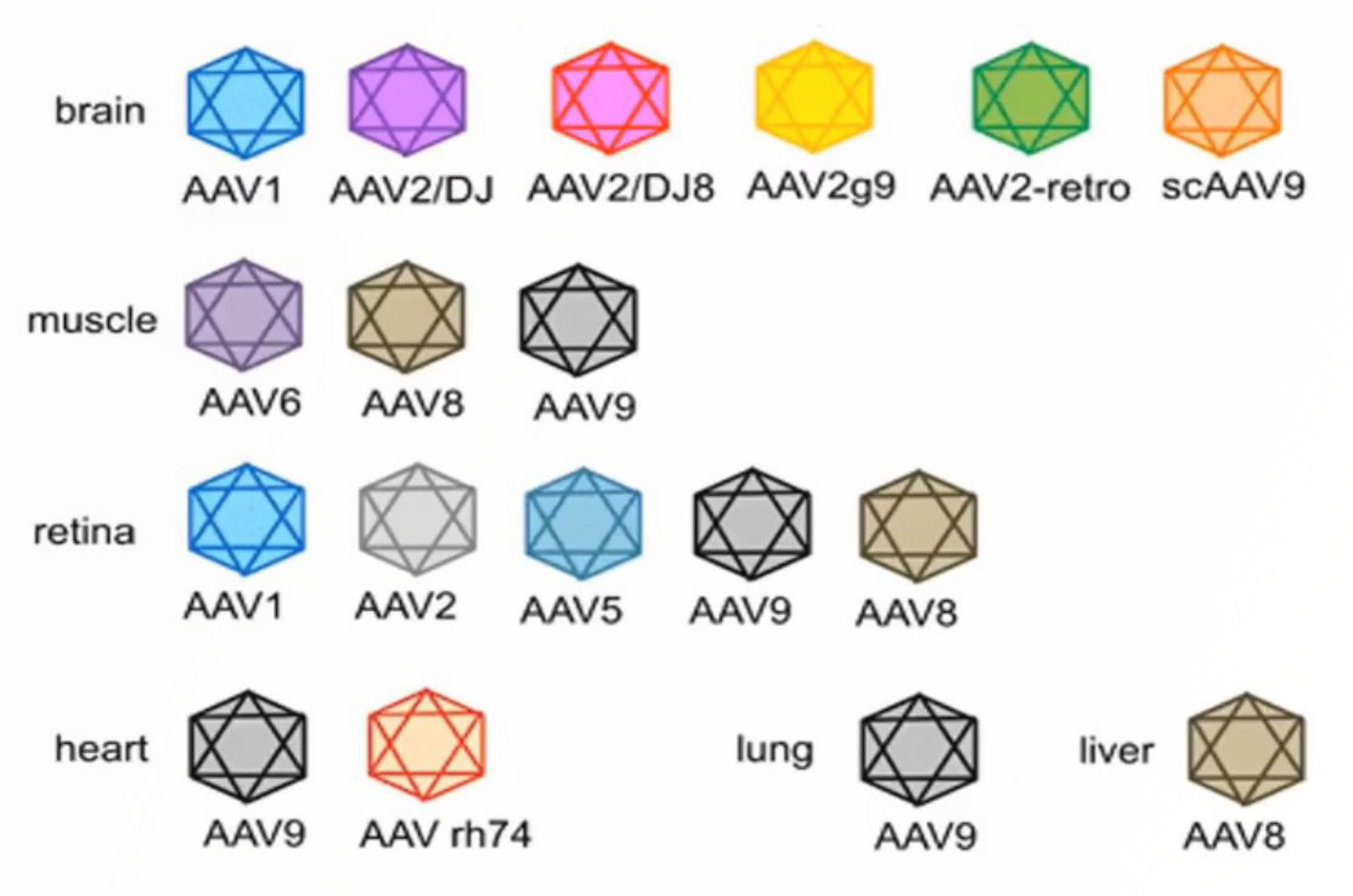
LC/MS MAM Analysis of Adeno-Associated Virus Particles
This webcast will discuss several workflows for characterizing AAV CQAs, including product identity, post-translational modifications, and host cell proteins.
Sponsored by 
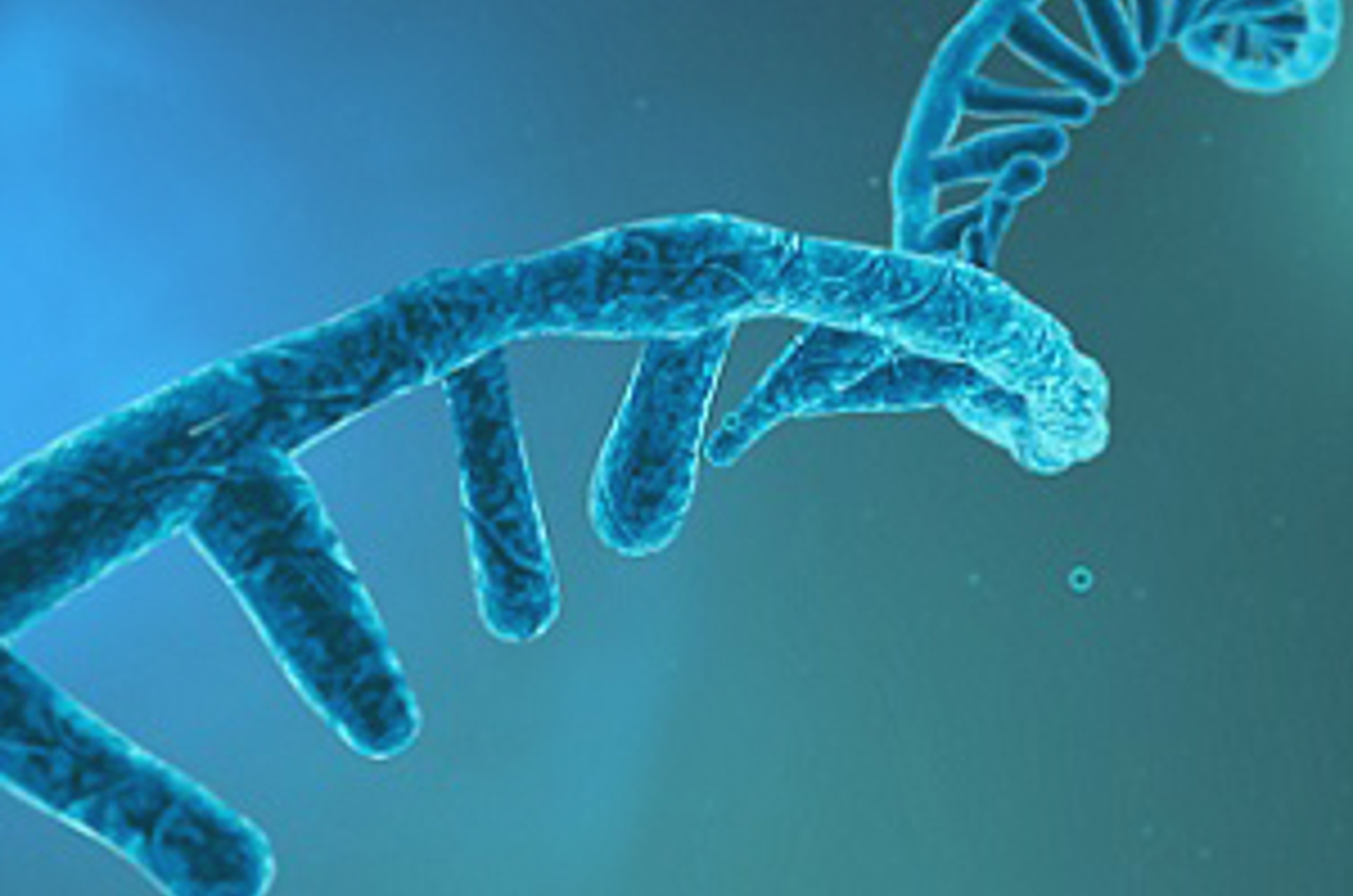
HPLC Analysis of Oligonucleotides
In this webcast we present an overview of the HPLC analysis of oligonucleotides. We’ll provide the basics on nucleotides and how synthetic oligonucleotides are produced, introducing you to some of the language used in support of these molecules.

N-Glycan Sample Prep and Analysis Workflows for Screening and Characterization of Biotherapeutics
This webcast will discuss next-generation sample preparation workflows for enzymatic release and fluorescent dye labeling of N-glycans from biotherapeutic proteins.
Accredited by 
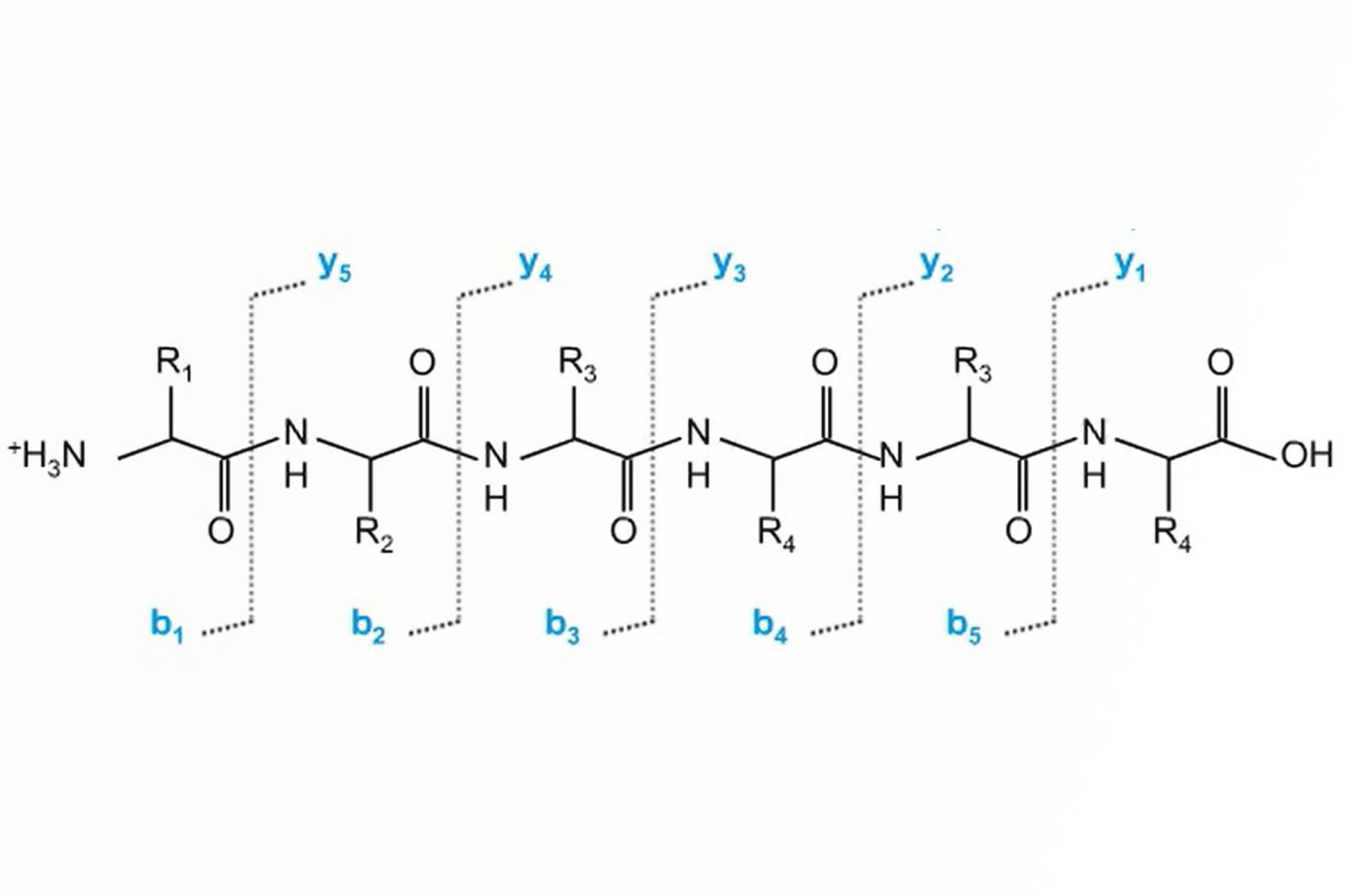
The Power of LC-MS in the Characterization of Protein Biopharmaceuticals
This webcast will highlight the power of liquid chromatography combined with mass spectrometry in the characterization of protein biopharmaceuticals.
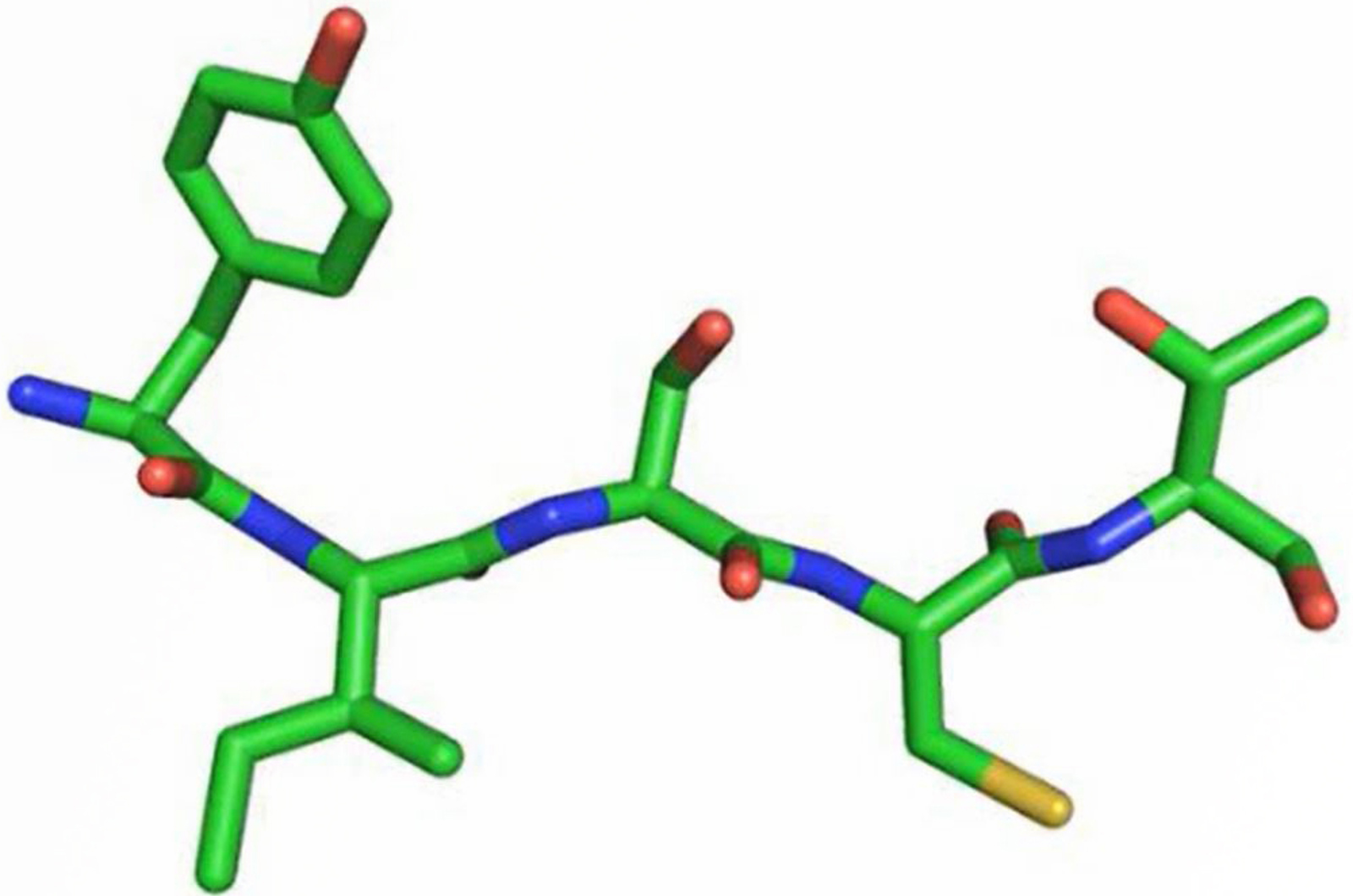
The Analysis of Post-Translational Modifications Using LC-MS/MS
In this webcast the principles behind the analysis of a number of key post-translational modifications (PTMs) using LC-MS/MS techniques will be explained.
Accredited by 
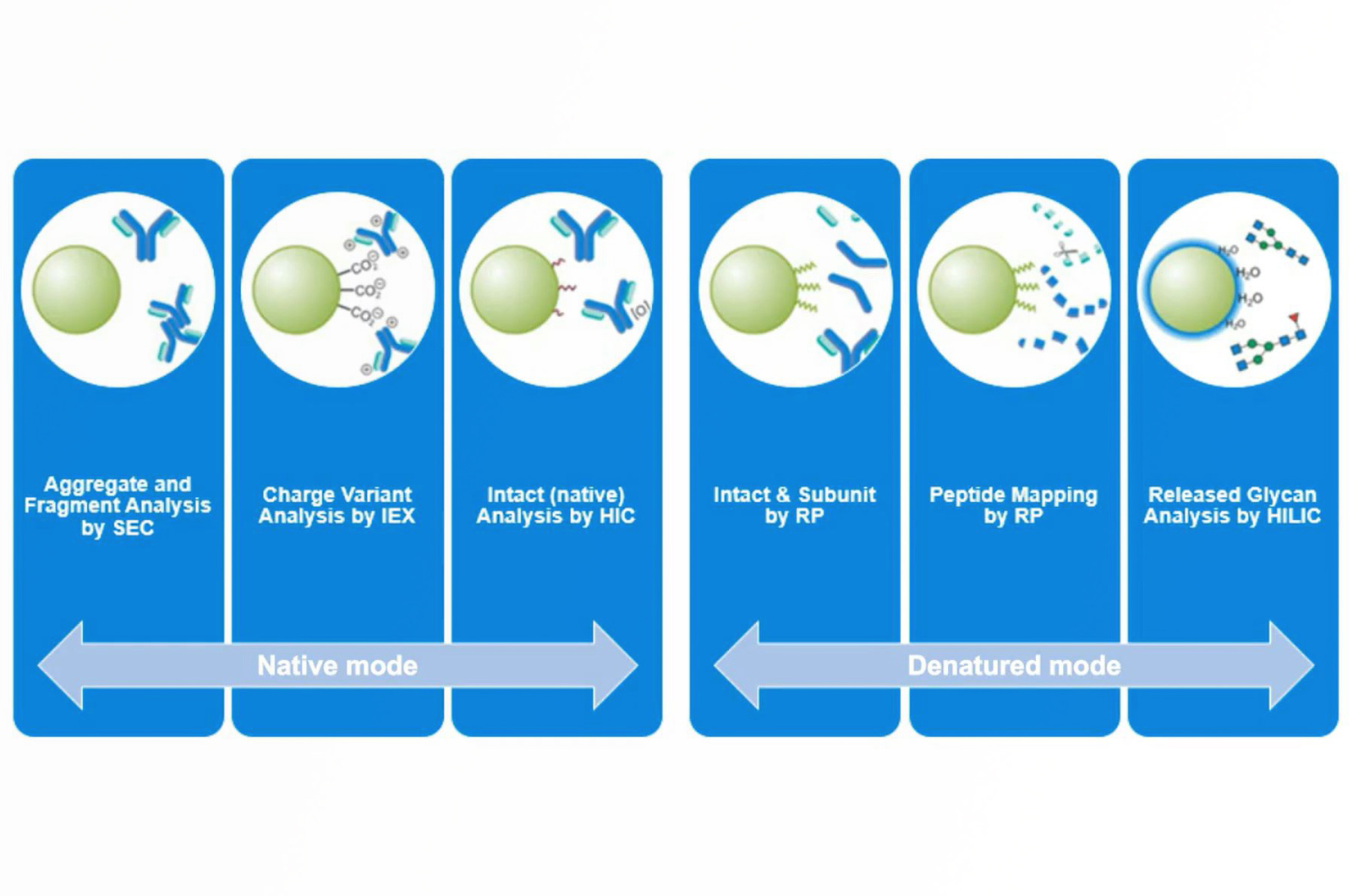
Native and Denaturing Mode Size Exclusion Analysis of Biotherapeutics
In this webcast, we will present SEC characterization of various biotherapeutic proteins.
Sponsored by 
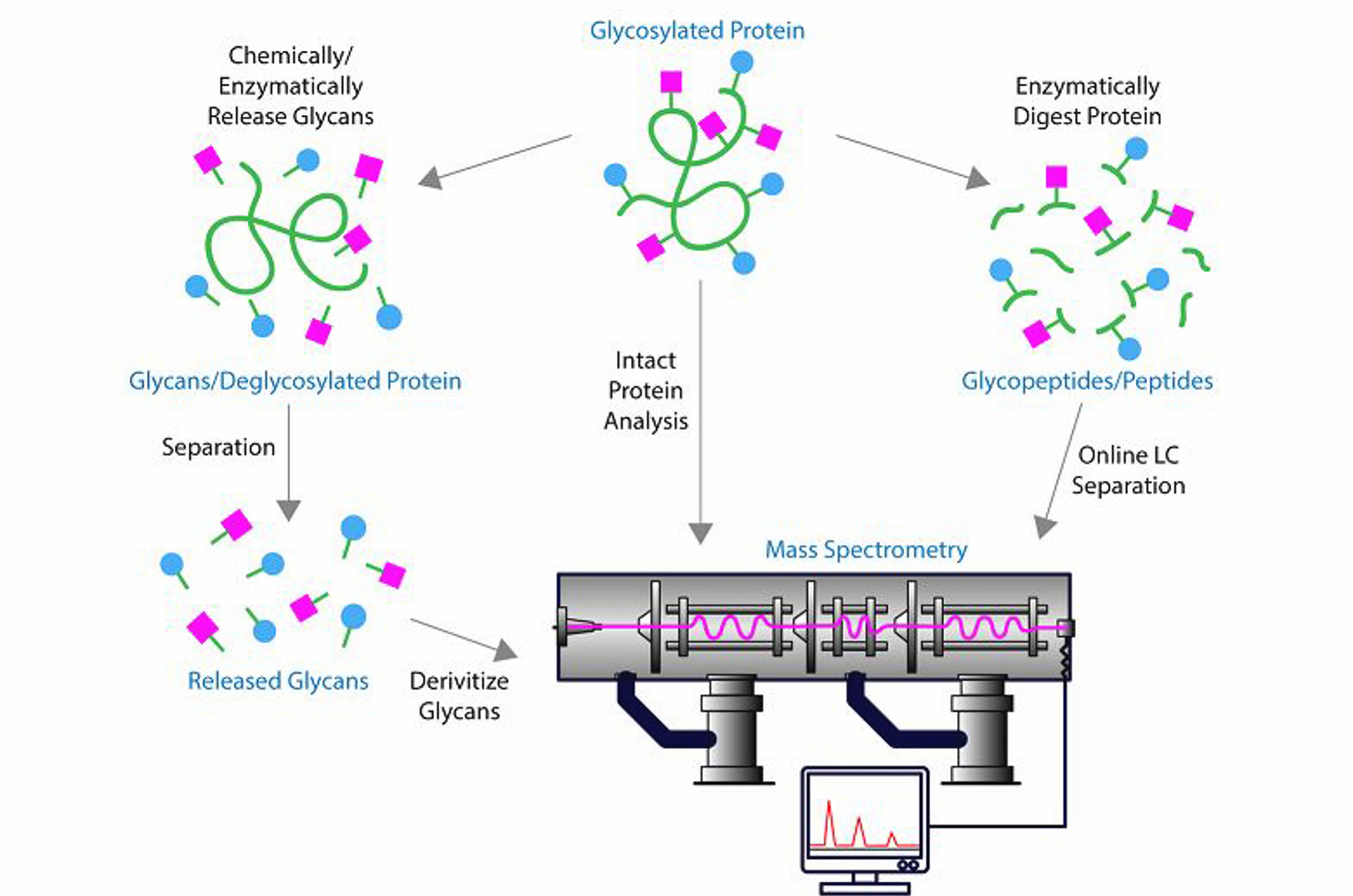
Introduction to Mass Spectrometry for Biomolecules
This module provides an introduction to mass spectrometry for biomolecules.
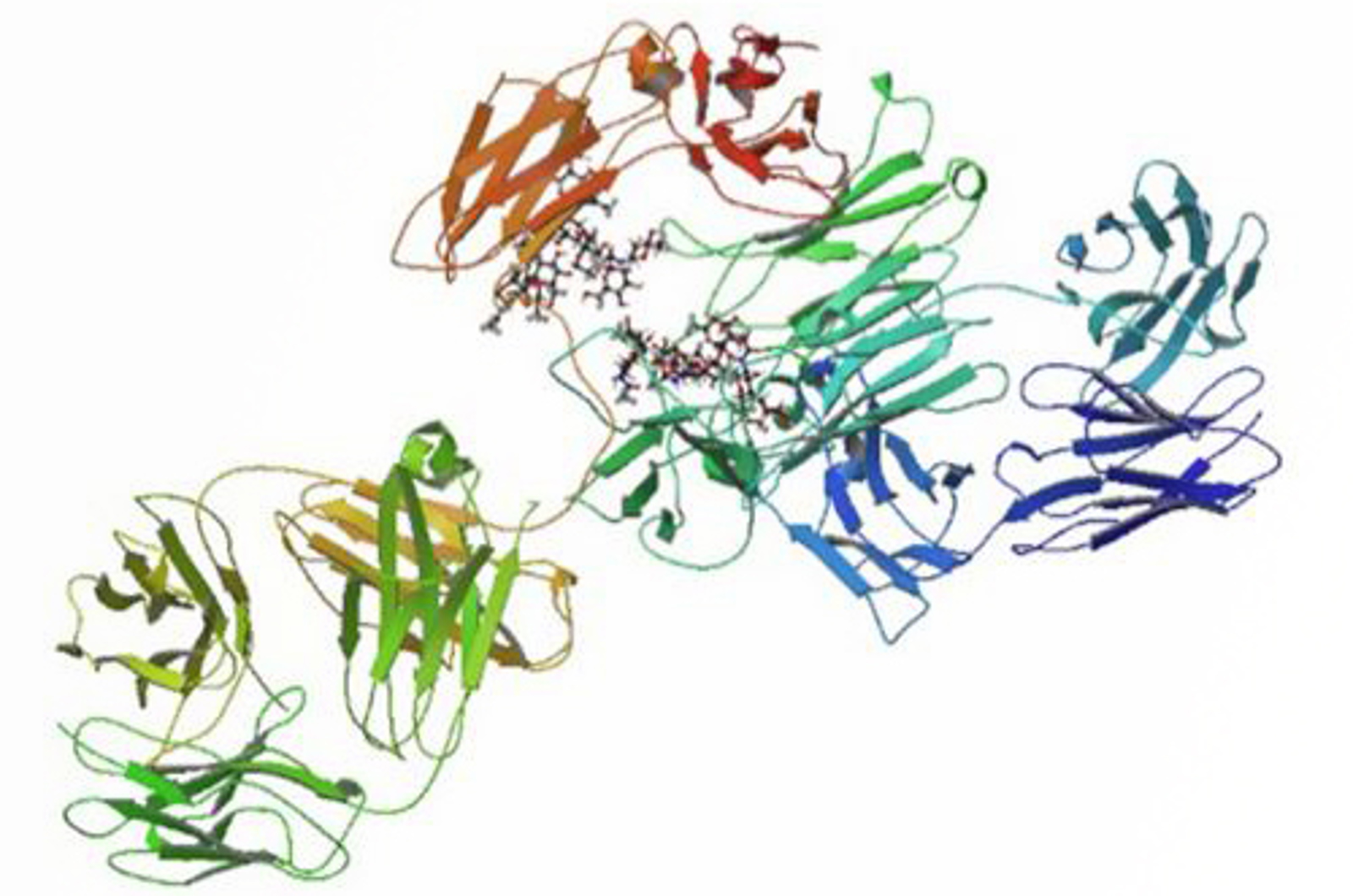
Fundamentals of Biomolecules
This quick guide covers the fundamentals of what biomolecules are, how are they made naturally, how to make them synthetically using biotechnology, and which analytical techniques are key to characterizing them (including some tips on where to start with initial analyses).

Introduction to Chromatographic Characterization of Proteins
In this webcast, we’ll explore the essential chromatographic analyses used to ensure the quality and consistency of proteins produced through biotechnology. We’ll cover critical topics like ICH quality attributes, impurity definitions, and a range of complementary chromatographic analyses required to give an accurate assessment of a protein.
Sponsored by 
